In a world where stress and tension are mounting daily, bathing has become more than just a hygiene practice. Soaking in a warm bath can now be considered a therapeutic ritual that helps in physical, mental, and emotional relaxation. While the rejuvenating effects of a relaxing bath are unparalleled, there's a way to take your bath relaxation up a notch - bathing acupressure methods. In this comprehensive guide, we'll delve into how you can apply acupressure techniques to your bathing routine for the ultimate relaxation experience.
What is Acupressure?
Acupressure is an ancient Chinese practice that involves applying pressure to specific points on the body to stimulate the flow of energy or life force, known as "Qi." This technique is said to restore balance and promote self-healing within the body. Acupressure is non-invasive, as it doesn't require needles like acupuncture, and can be easily incorporated into your bath relaxation routine for added benefits and comfort.
The Benefits of Combining Acupressure with Bath Relaxation
When paired with a luxurious bathing experience, acupressure methods offer a wide range of benefits, including:
- Increased relaxation: Combining acupressure with a warm bath can enhance feelings of calm and tranquility, making it an excellent stress-relief activity after a long day.
- Relief from aches and pains: Acupressure can help alleviate sore muscles and joint pain by targeting specific pressure points associated with discomfort.
- Boosted circulation: Applying pressure on certain acupressure points can stimulate blood flow, which can benefit your skin and overall wellness.
- Unlocking tension: Acupressure aids in releasing muscular tension, allowing your body to feel more relaxed and rejuvenated.
- Improved sleep: Bathing, in general, is known to promote better sleep, but when paired with acupressure, this combination can greatly enhance relaxation, leading to a more restorative slumber.
Now that we know the benefits, let's discuss how to apply acupressure techniques during your bath time.
Setting the Scene for Your Acupressure Bath Relaxation Experience
Before diving into the acupressure techniques, make sure to prepare your bathing area for optimal relaxation. This can include:
- Adding bath salts or essential oils: These natural ingredients can enhance your bath relaxation by releasing soothing aromas and promoting a calming environment. Discover how bath salts aid in relaxation here.
- Creating the right atmosphere: Light some candles, dim the lights, and play soothing music to transform your bathroom into a calming oasis.
- Investing in bath accessories: Consider purchasing a luxury bath pillow and bath cushion to provide comfort and proper support as you practice your acupressure techniques during bath time.
Bathing Acupressure Techniques To Try
Head and Facial Acupressure for Bath Relaxation
Practicing acupressure on certain points on your head and face can alleviate stress, ease headaches, and promote relaxation. Here are some pressure points to target:
- Third Eye (GV24.5): Located between the eyebrows, where the bridge of the nose meets the forehead. Apply gentle pressure to this point for about 30 seconds to experience a soothing sensation.
- Temples: Gently massage your temples by making small circles with your fingers, slowly applying more pressure as needed for 30-60 seconds. This can help mitigate headaches or stress.
Neck and Shoulder Acupressure for Bath Relaxation
Many people hold tension in their neck and shoulders. Applying acupressure to these areas during your bath can provide relief from discomfort and encourage relaxation. Some points to focus on are:
- Heavenly Pillar (B10): Located at the base of the skull, about an inch from the spine on either side. Apply gentle pressure and massage this area for 30 seconds to help reduce neck tension and stress.
- Shoulder Well (GB21): Found at the top of the shoulder, midway between the neck and the tip of the shoulder. Press and massage this point for up to a minute to release shoulder tension and enhance relaxation.
Hand and Arm Acupressure for Bath Relaxation
Our hands and arms are often overworked, and giving them attention during your bath can provide relief and relaxation. Some key points to massage are:
- Union Valley (LI4): Located in the webbing between the thumb and index finger. Press and massage this point for 30-60 seconds to alleviate muscle tension and stimulate relaxation.
- Inner Gate (PC6): Positioned about 2-3 finger-widths above the wrist crease, on the inner forearm. Gently press and massage this point to help alleviate anxiety and promote a relaxing bath experience.
Experiment with these various acupressure points and techniques, focusing on what feels most soothing for your body. Combined with a warm, relaxing bath, these methods can provide lasting relief, support better sleep, and enhance overall well-being.
At Efforest, we are dedicated to creating high-quality products designed for lasting relief from everyday aches, pains, and discomfort. Discover our complete collection of wellness-enhancing products here.
Frequently Asked Questions about Acupressure
How often should acupressure be done?
The frequency of acupressure sessions may vary depending on an individual's needs and preferences. Generally, it can be done daily or a few times a week to maintain optimal relaxation and relief. For chronic pain or specific health concerns, it may be more beneficial to perform acupressure more frequently. It's always best to listen to your body and adjust as needed.
How do you maintain health through acupressure?
To maintain health and wellness through acupressure, regularly practice the techniques mentioned above and focus on the pressure points specific to your individual needs. Keep track of the points that provide the most relief and relaxation, making them a regular part of your self-care routine. Combining acupressure with a balanced lifestyle that includes proper nutrition, exercise, and stress management can also significantly impact your overall well-being.
How long do you apply pressure for acupressure?
It's essential to apply gentle but firm pressure and hold it on each point for about 30 seconds to 1 minute. This duration allows the energy to flow and stimulate the pressure points effectively. However, everyone's comfort level may differ, so it's crucial to listen to your body and adjust the pressure accordingly. If a point feels particularly tender or painful, reduce the pressure or move to a different area.
When is the best time to do acupressure?
The best time to perform acupressure is when you can set aside a quiet, comfortable time for yourself to focus on relaxation and self-care. Incorporating acupressure into your bath routine is an excellent way to create a dedicated time for this practice, as it can help you unwind from the day and prepare for a restful night's sleep. Ultimately, choose a time when you can truly focus on the technique and enjoy its potentially soothing effects.
By exploring and practicing acupressure methods during your bath time, you can enhance your relaxation experience, alleviate aches, and pains, and improve your overall well-being. So go ahead, start incorporating acupressure into your self-care routine, and unlock the many potential benefits it can offer.

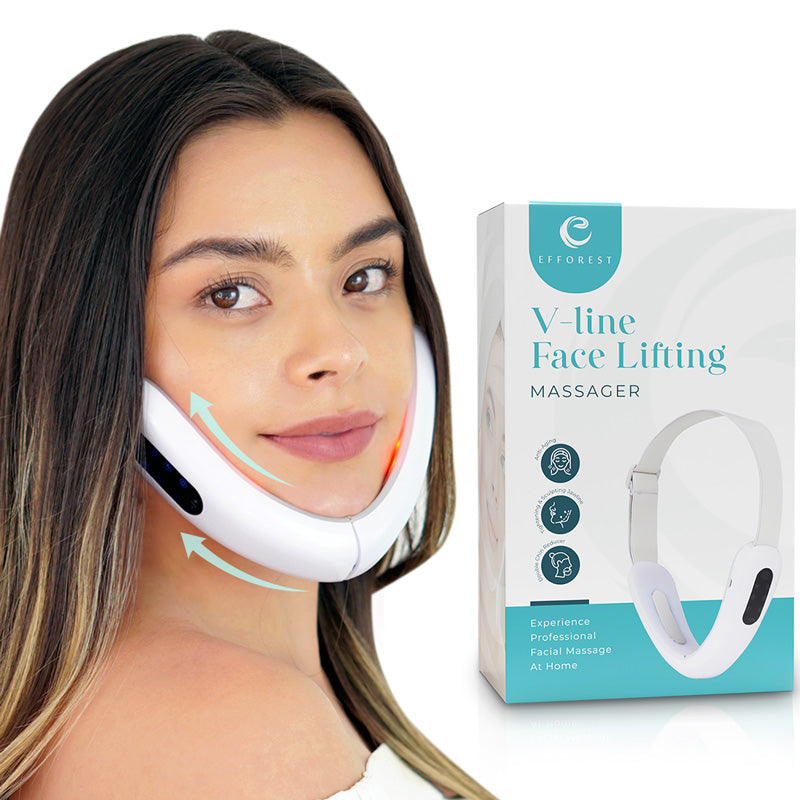
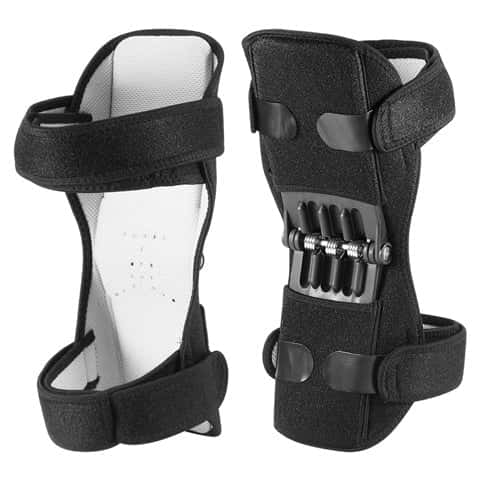


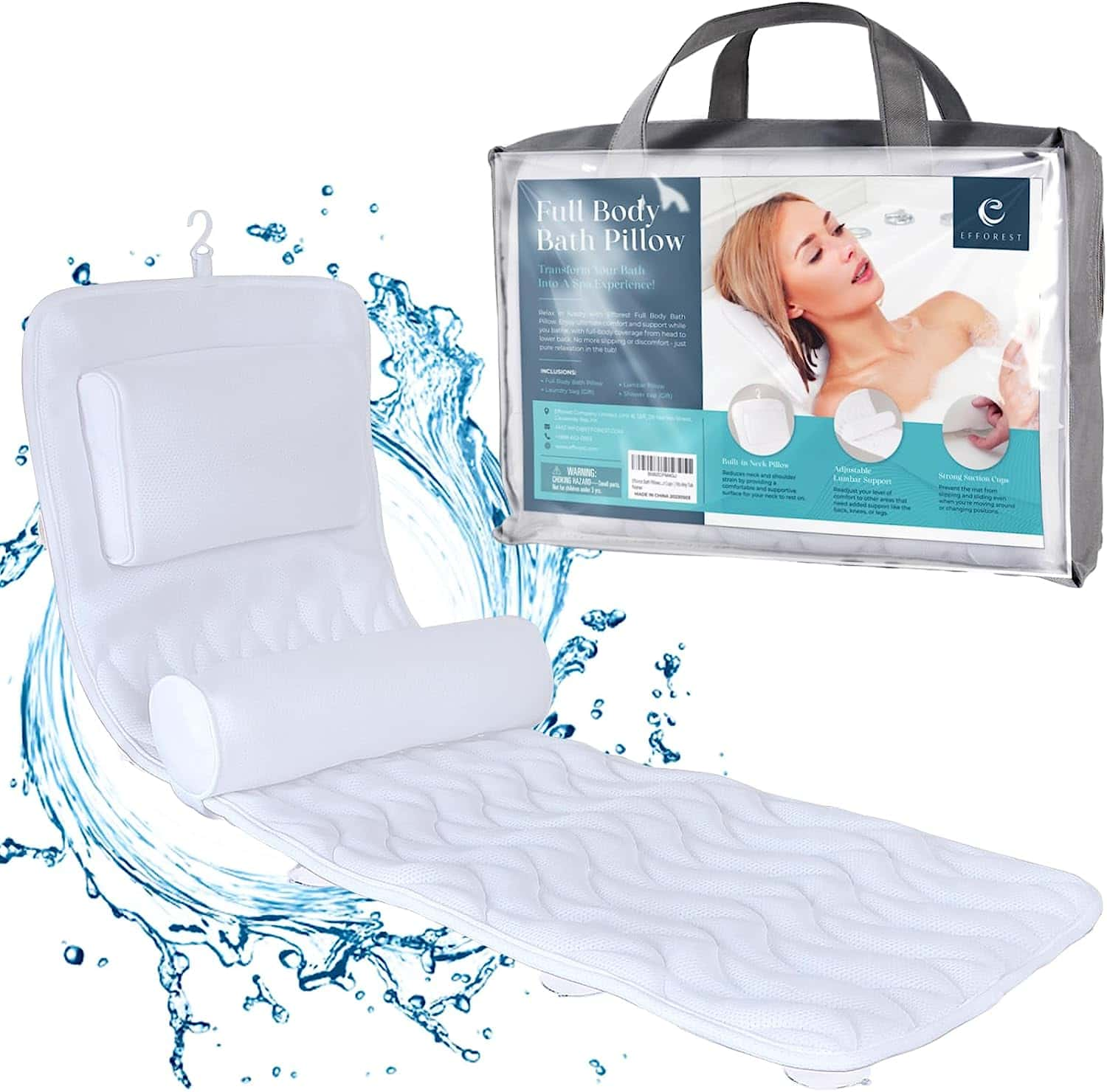

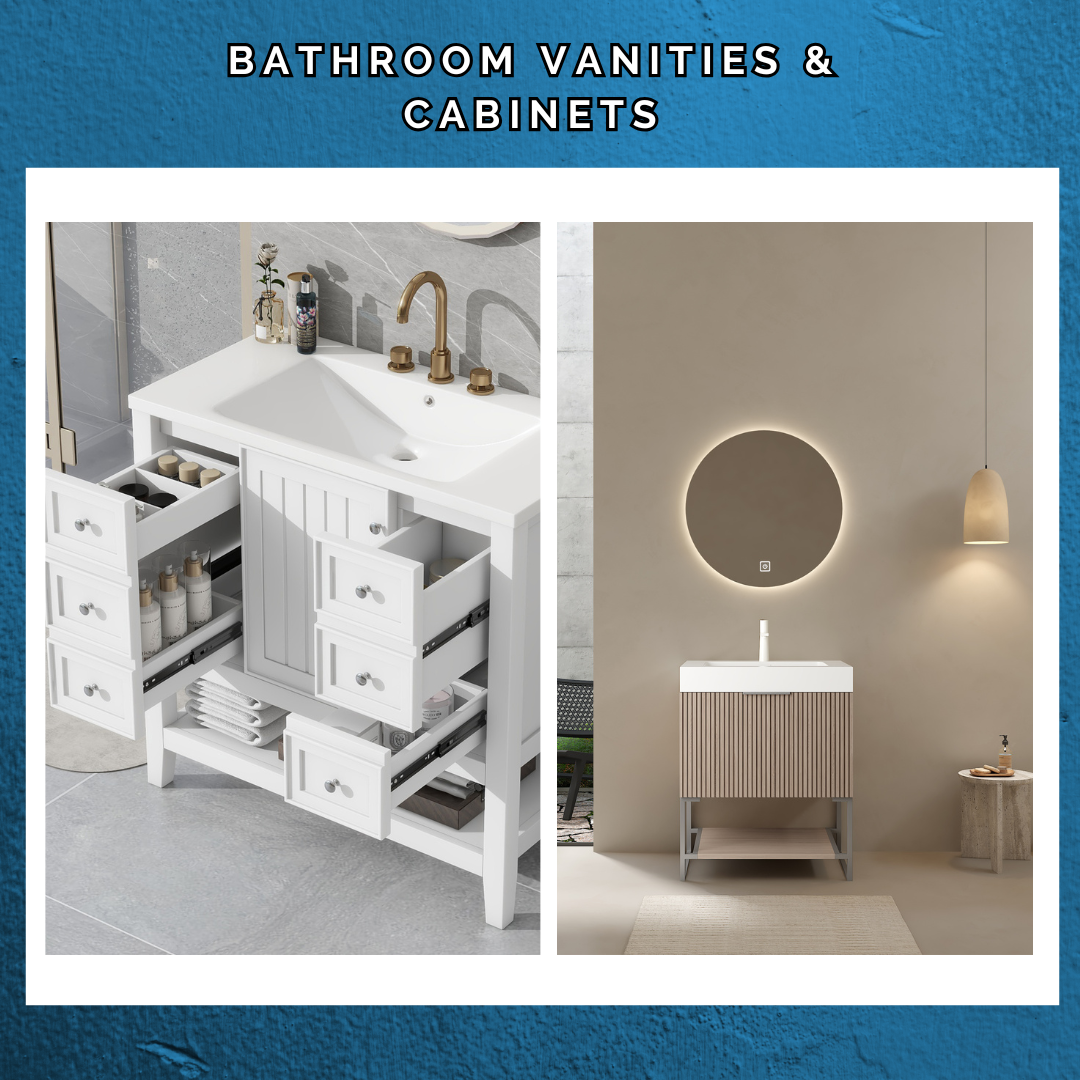
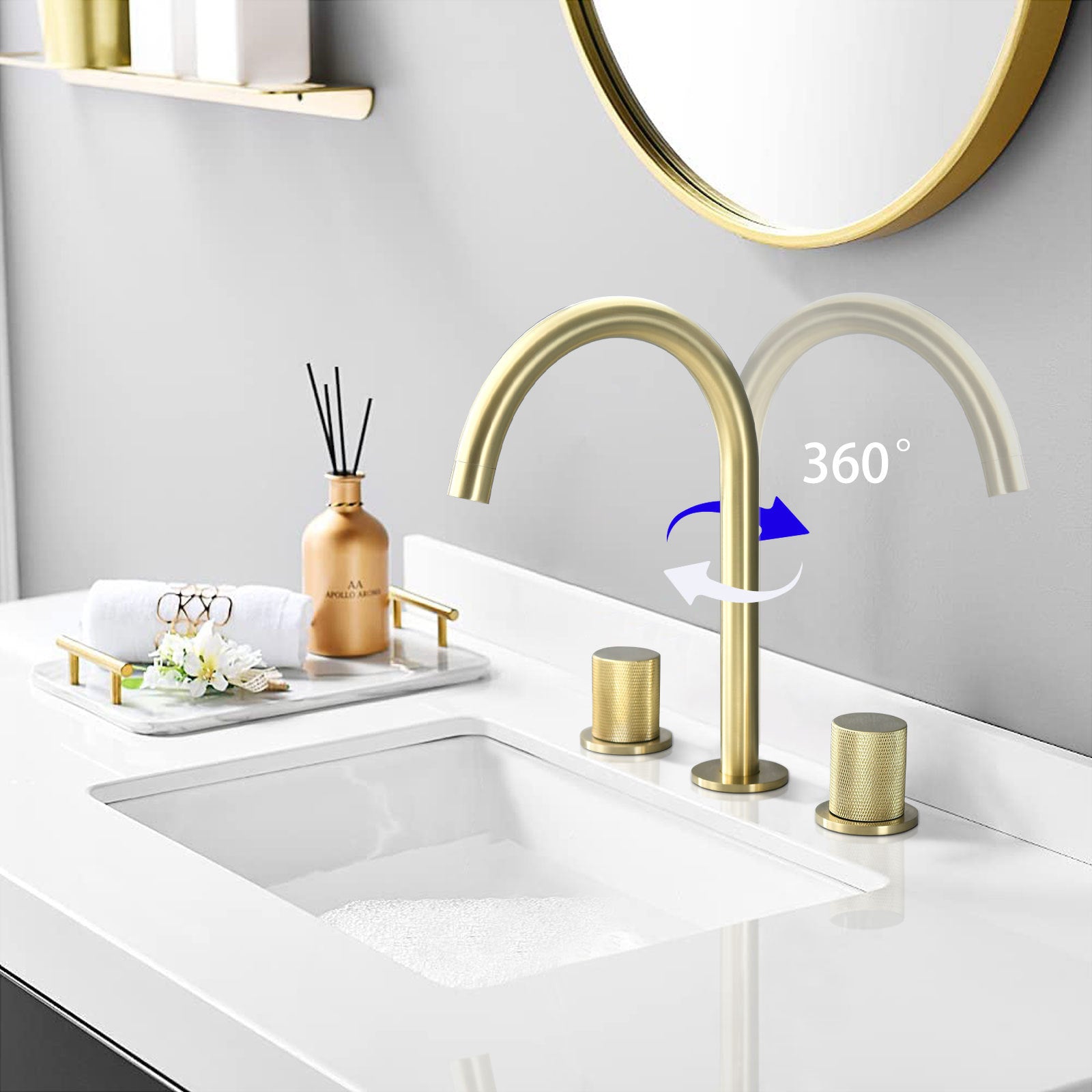
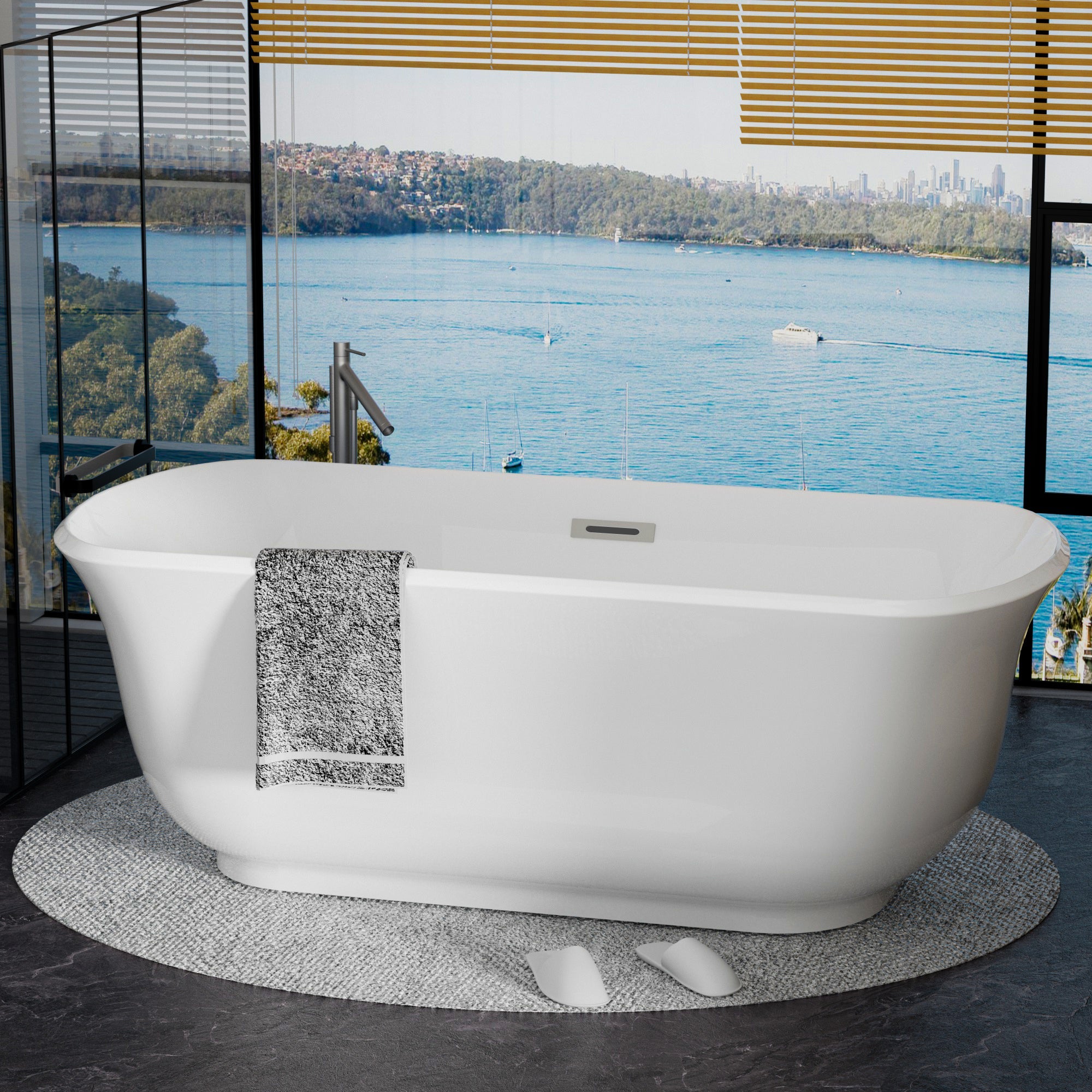


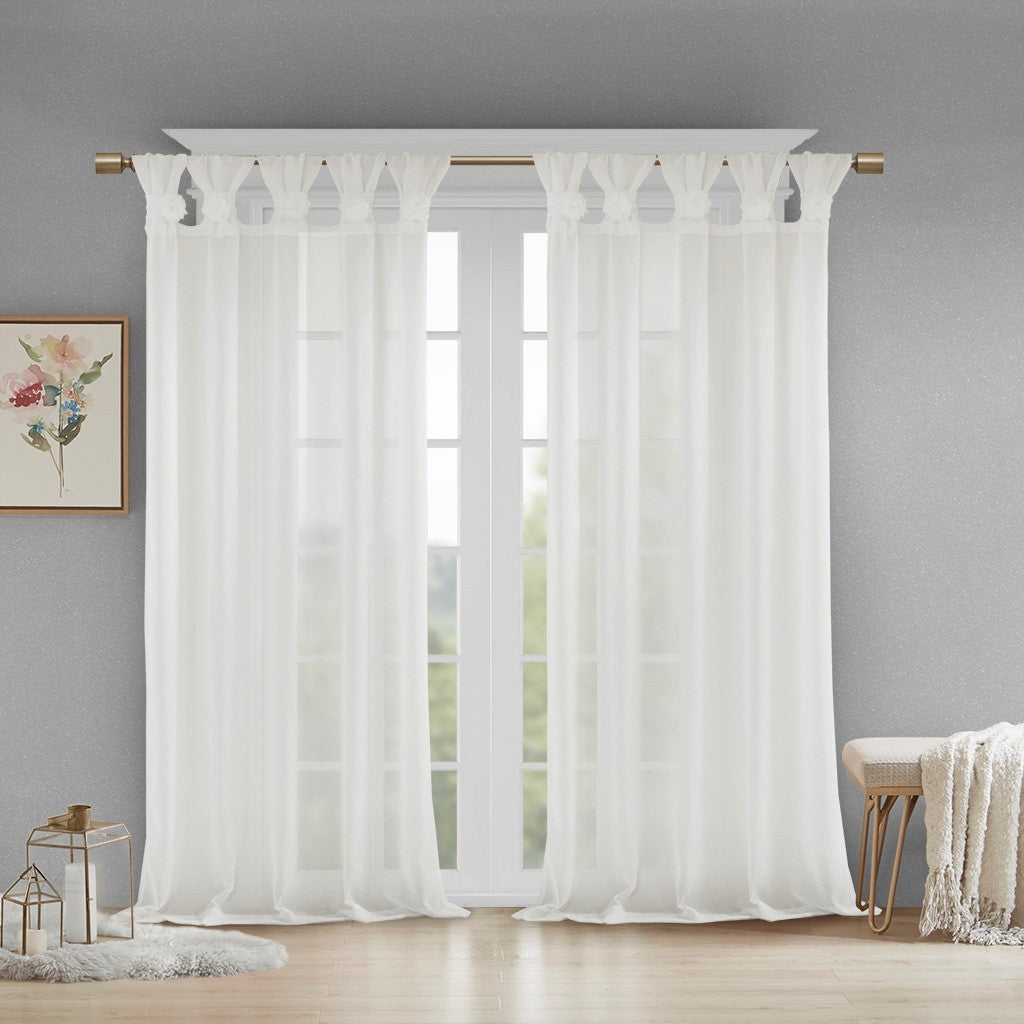
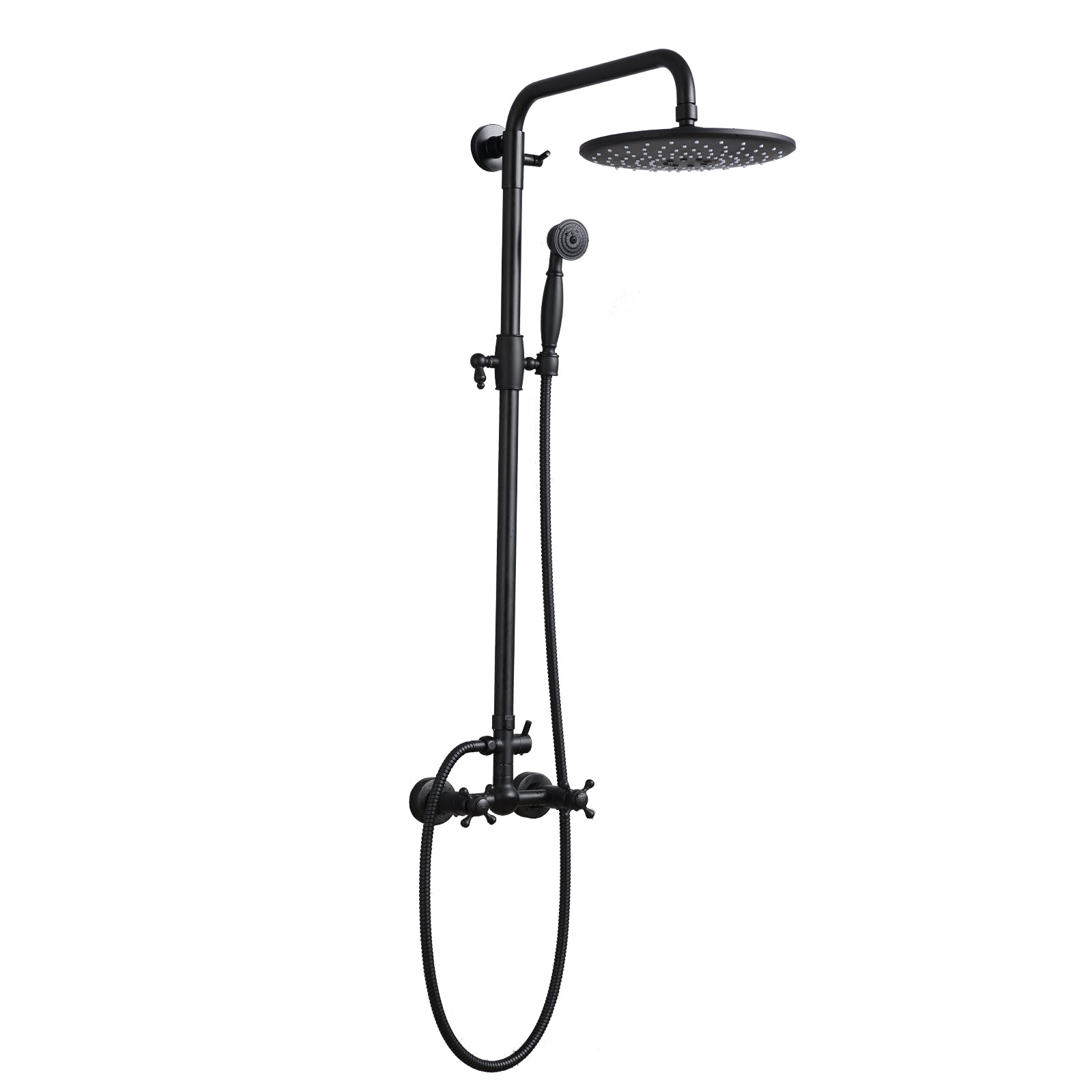



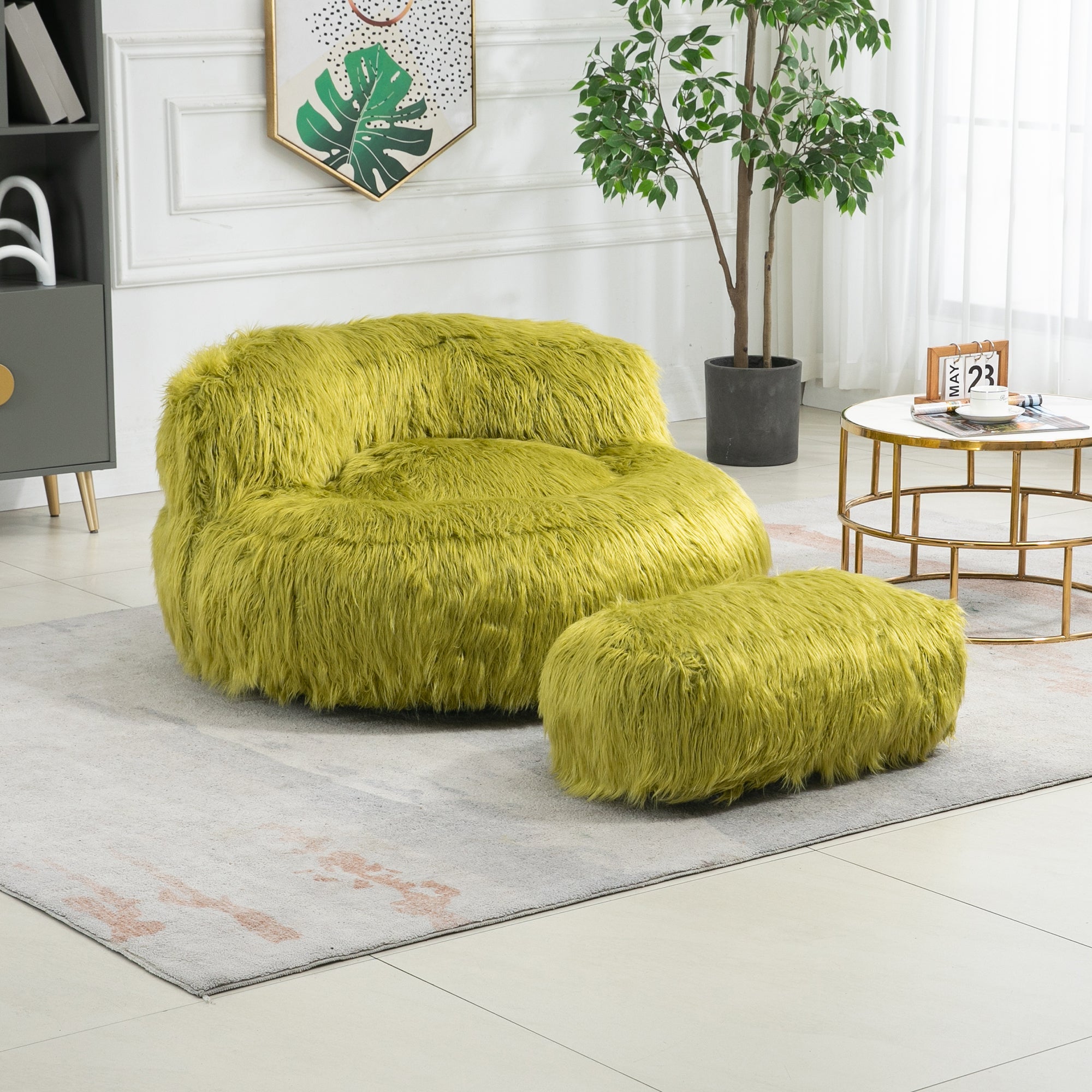
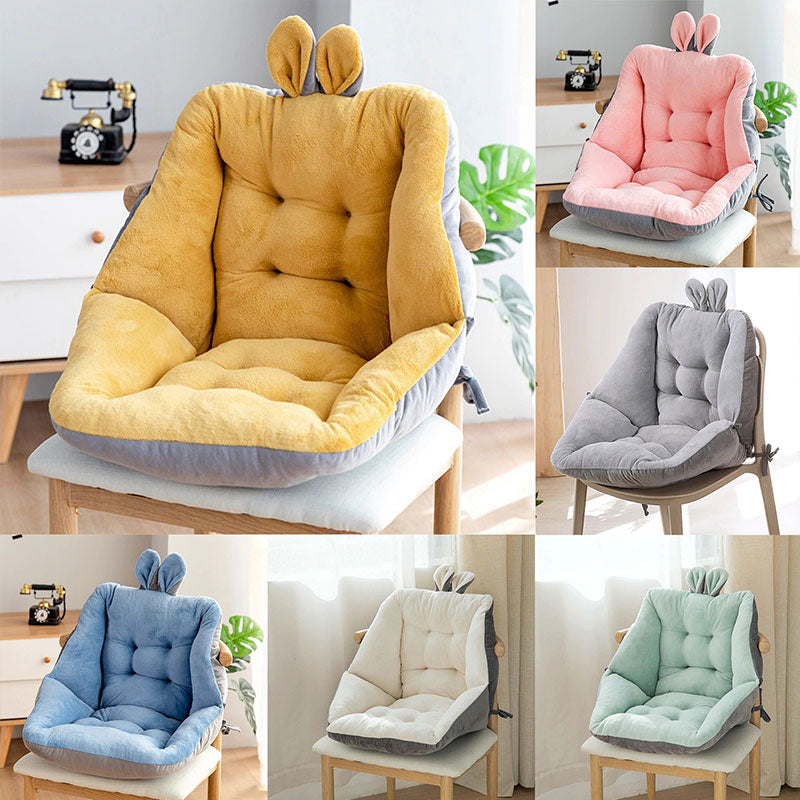

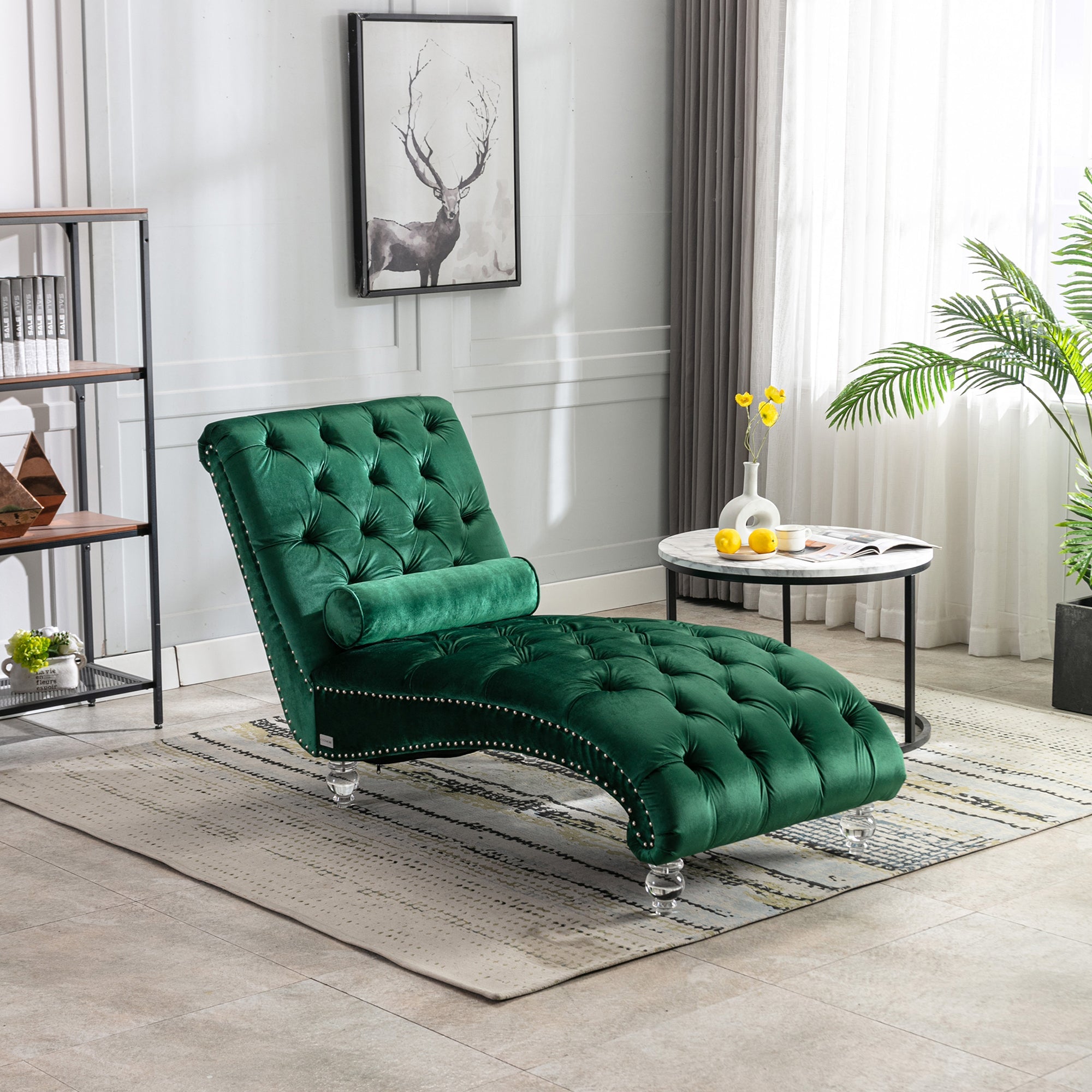

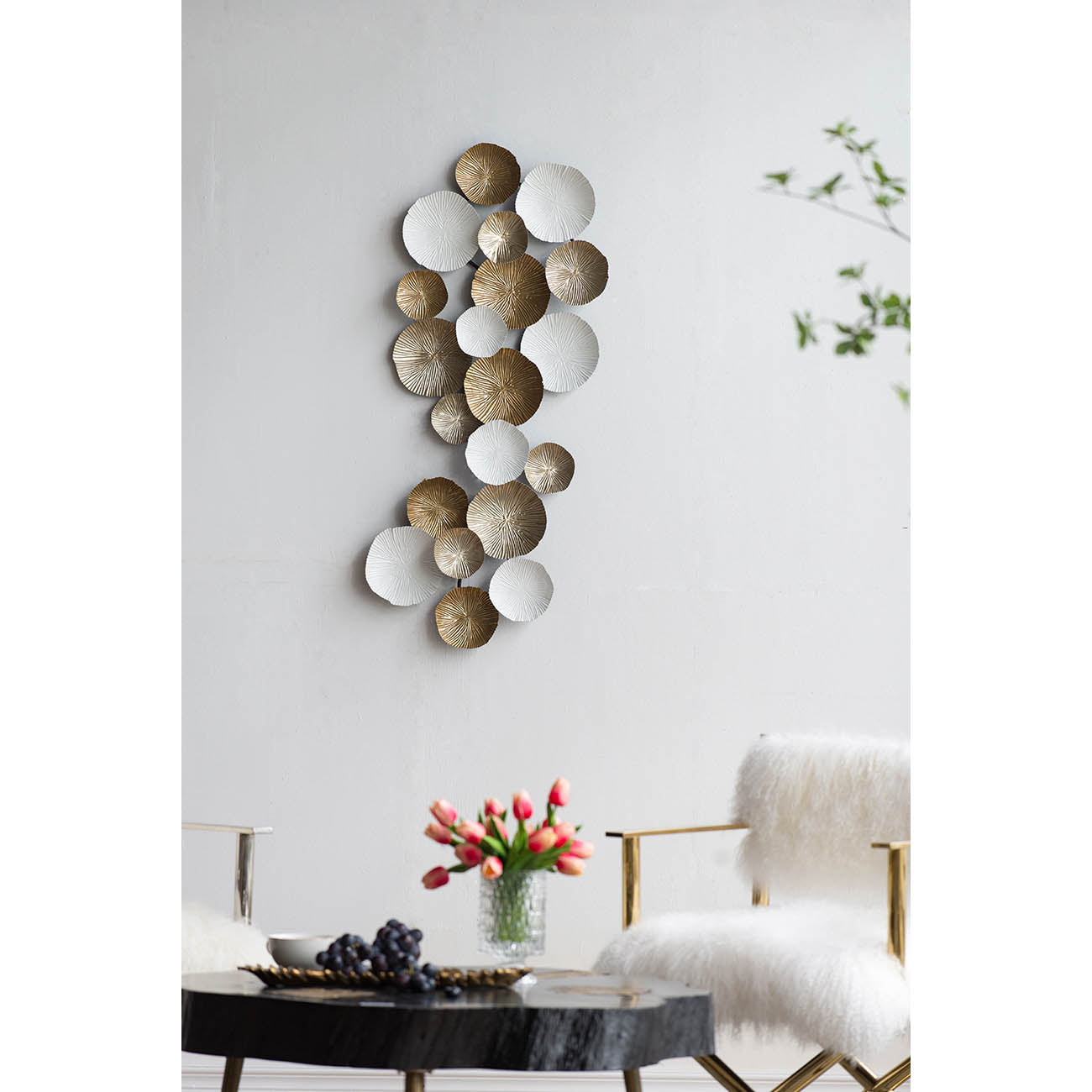
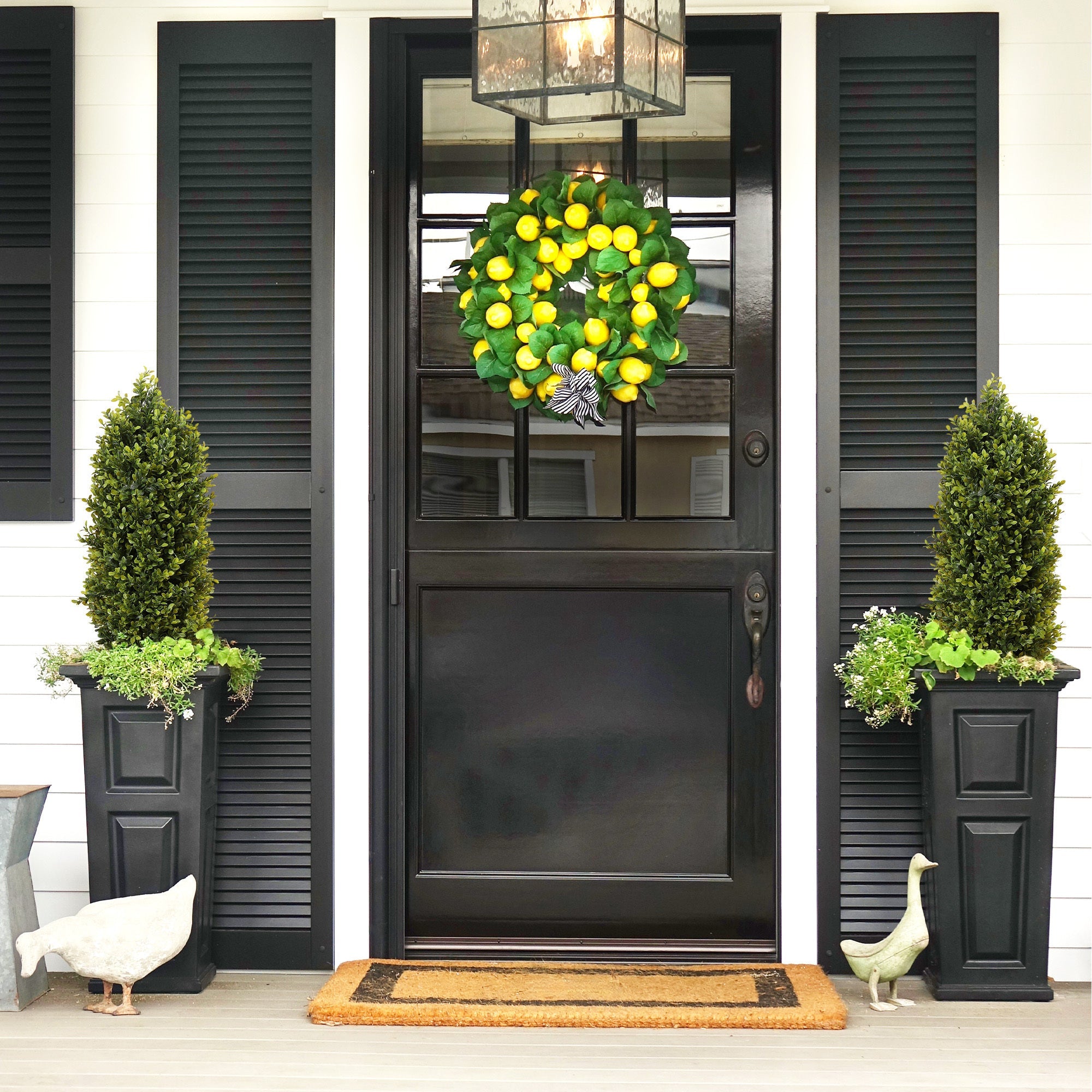
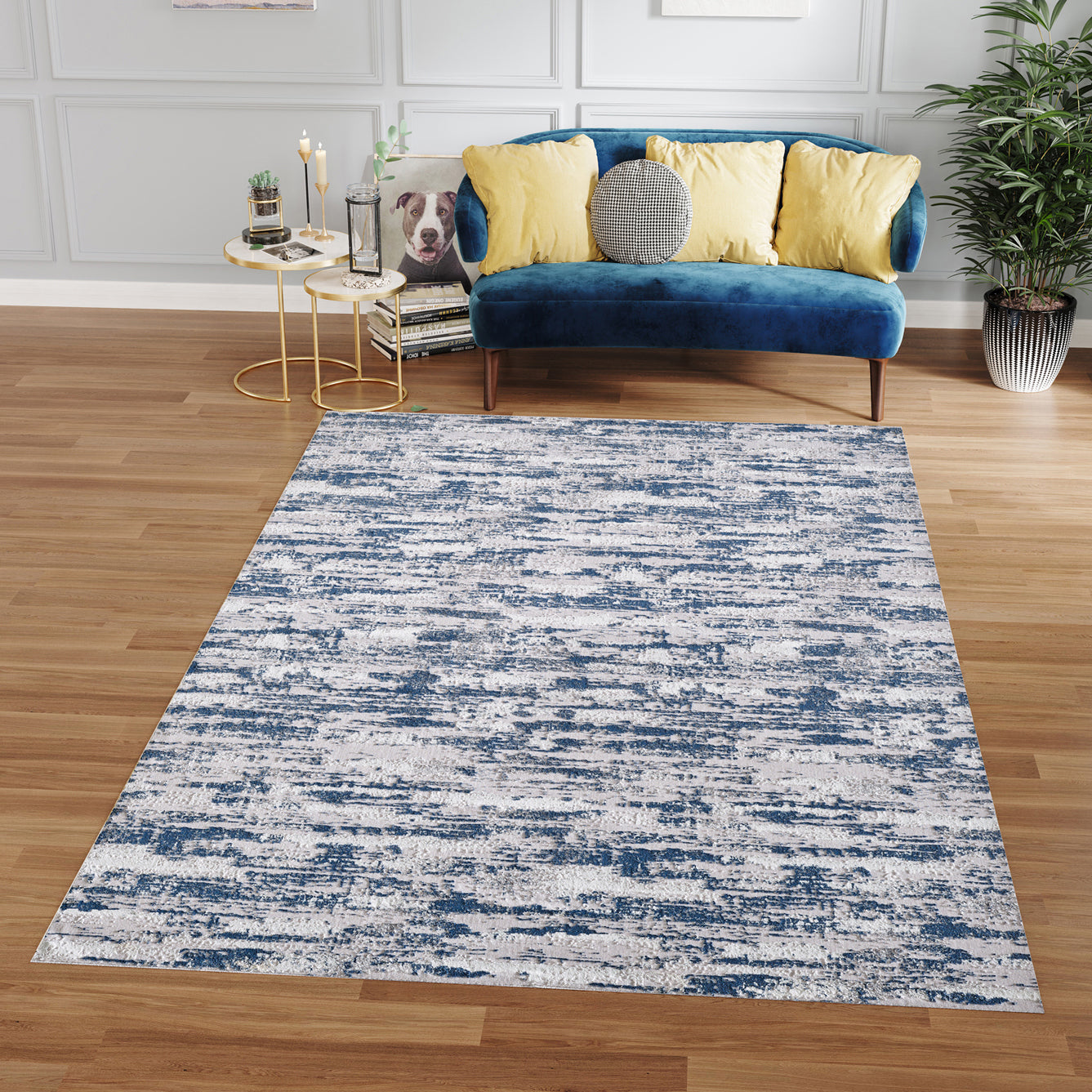
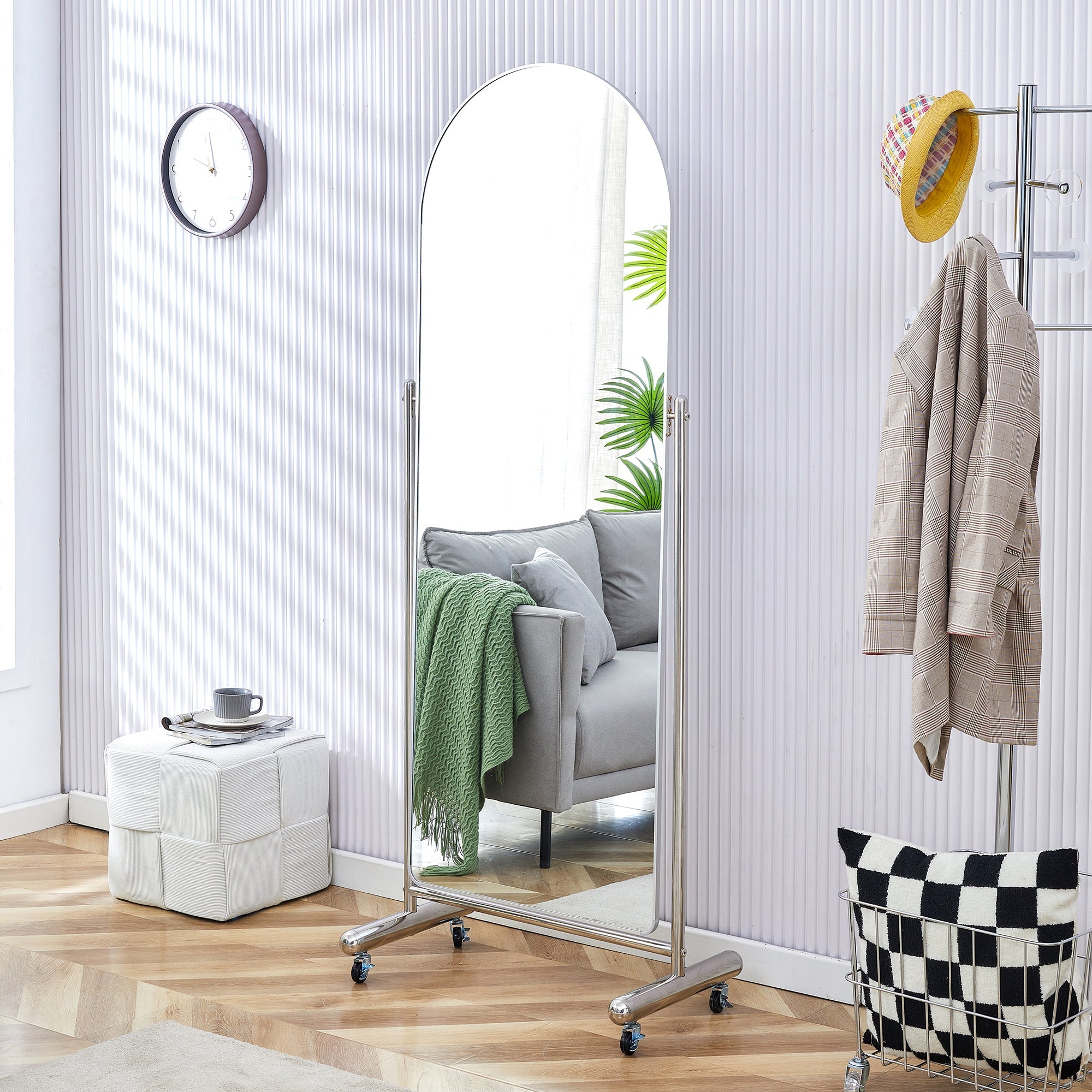


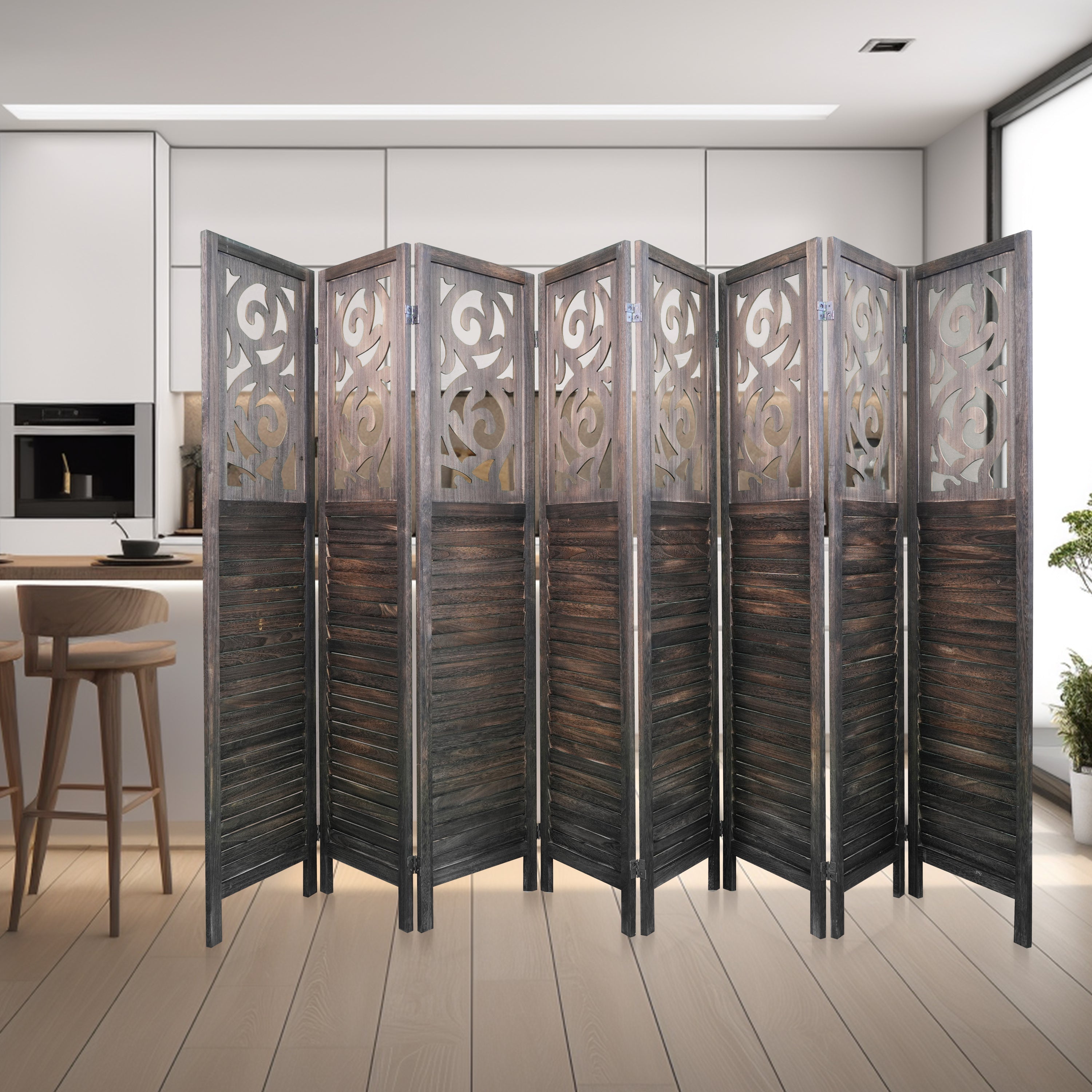
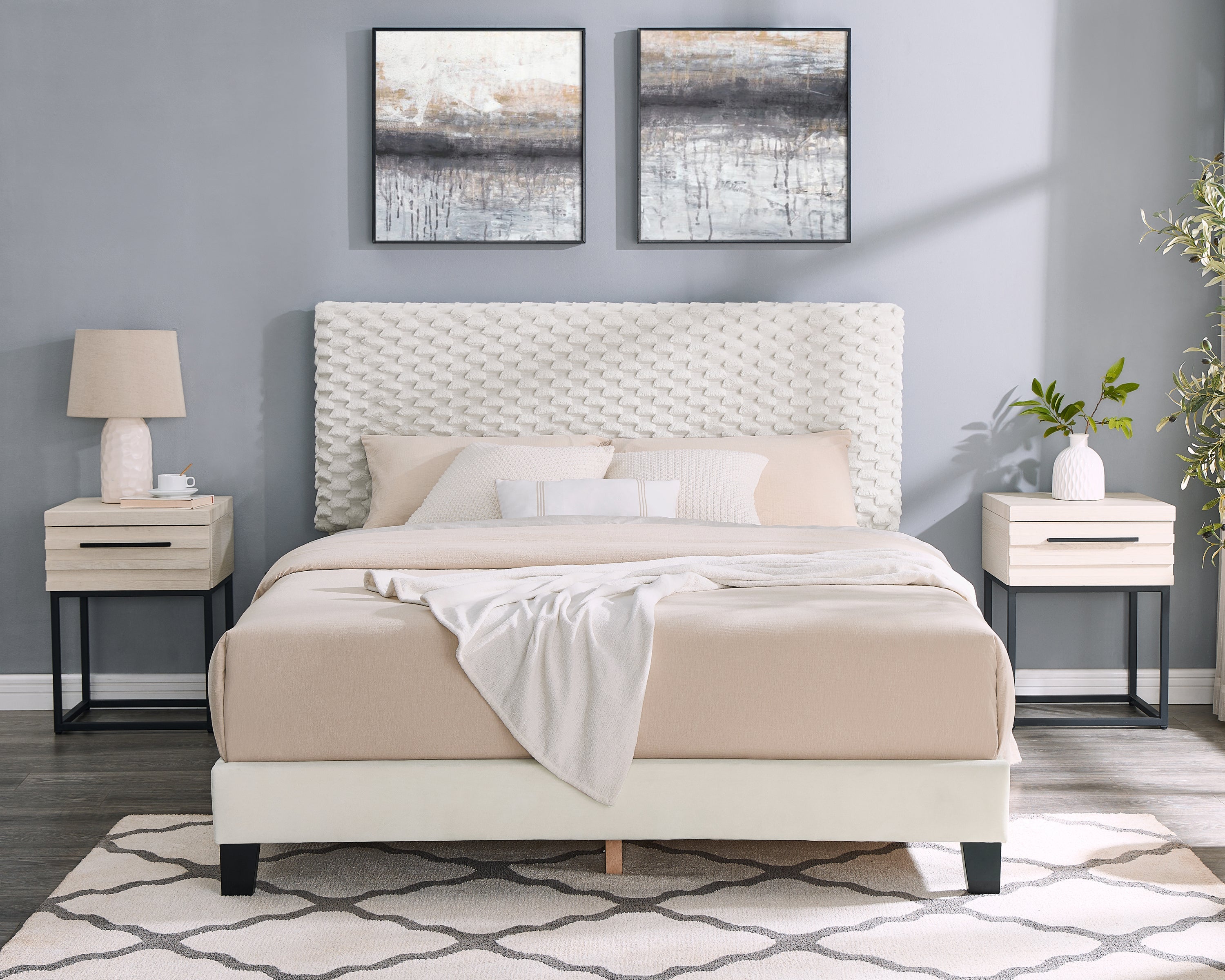

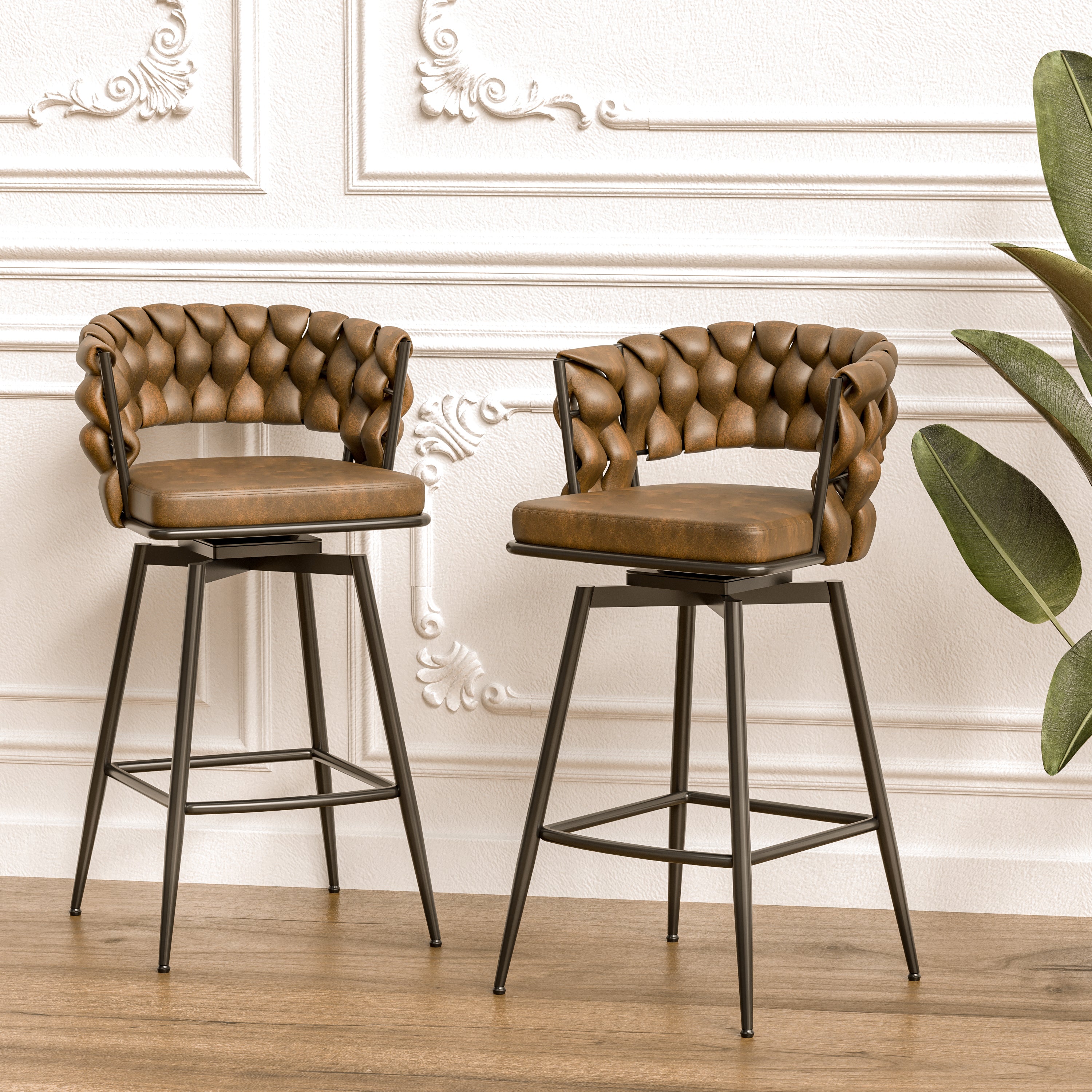

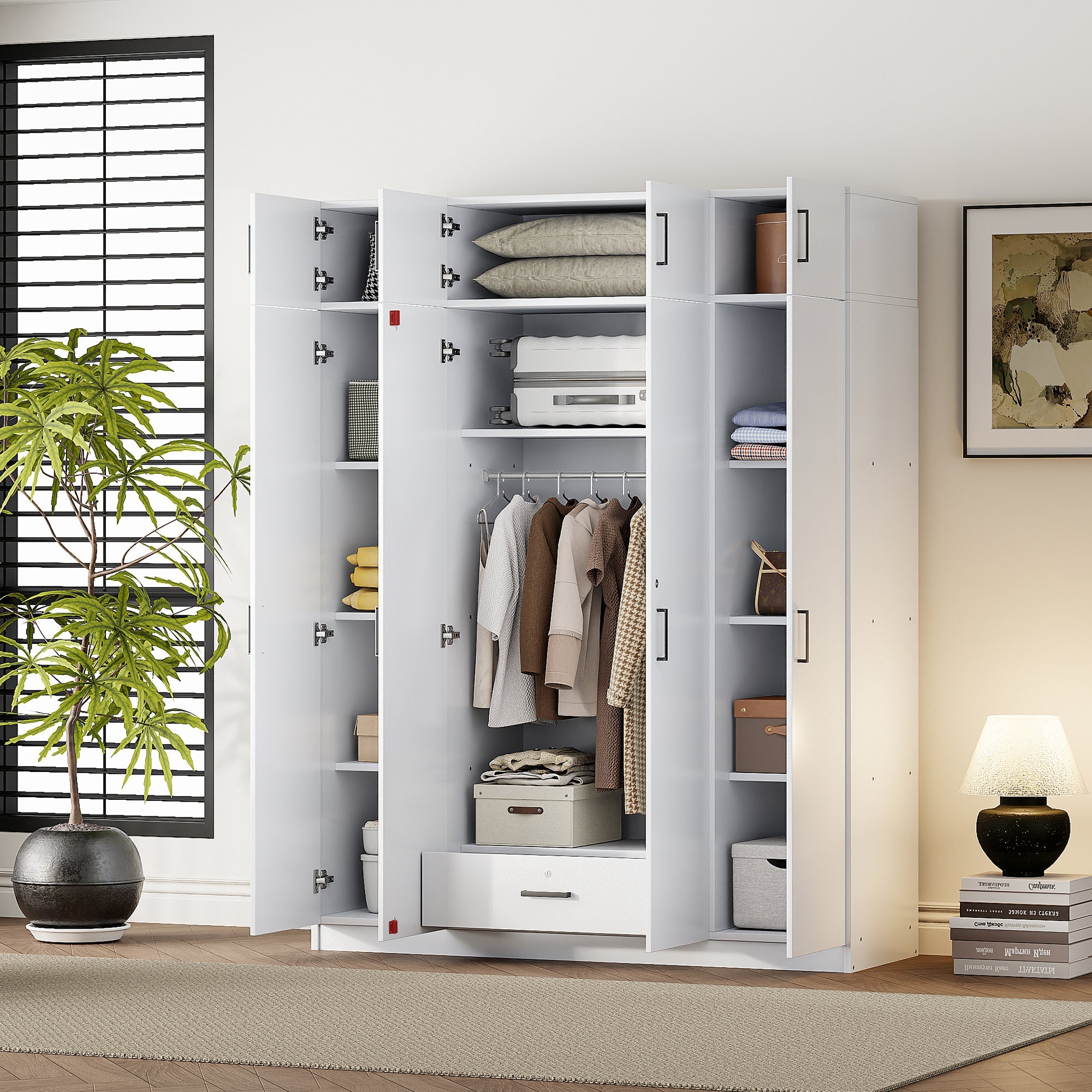
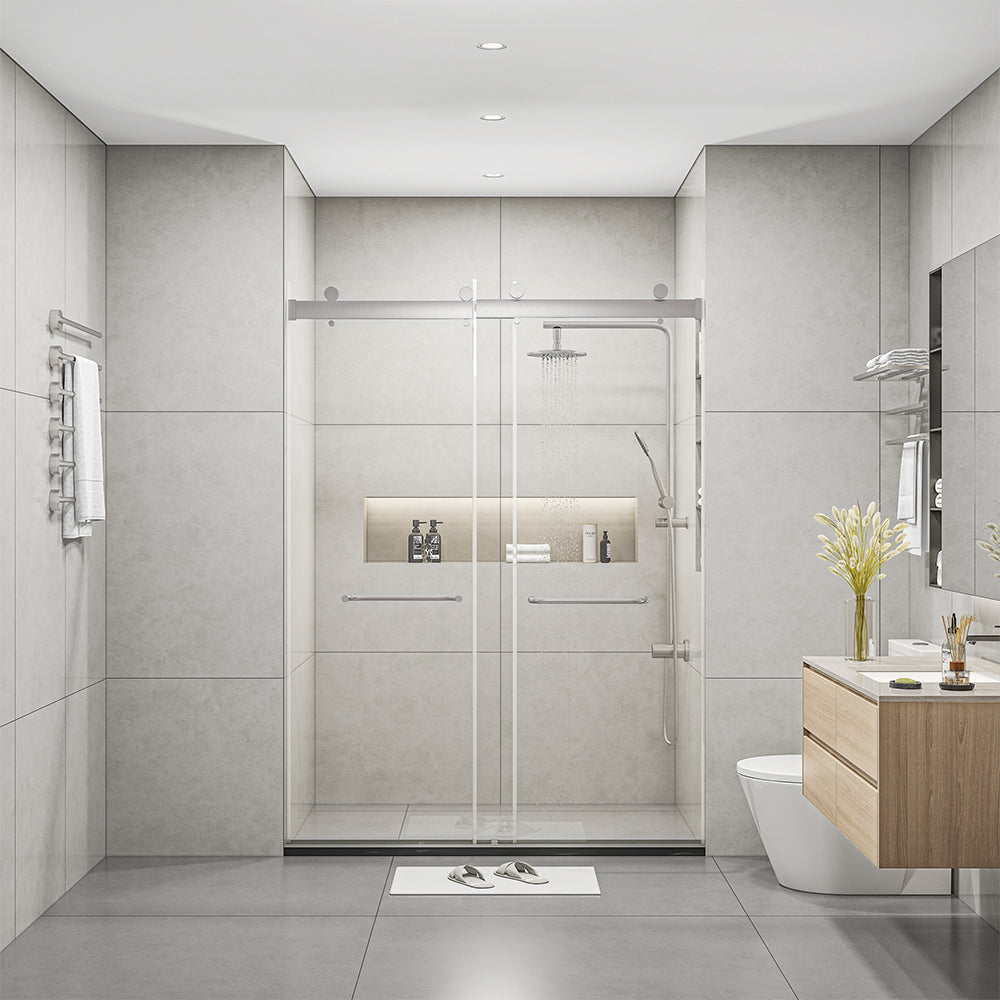
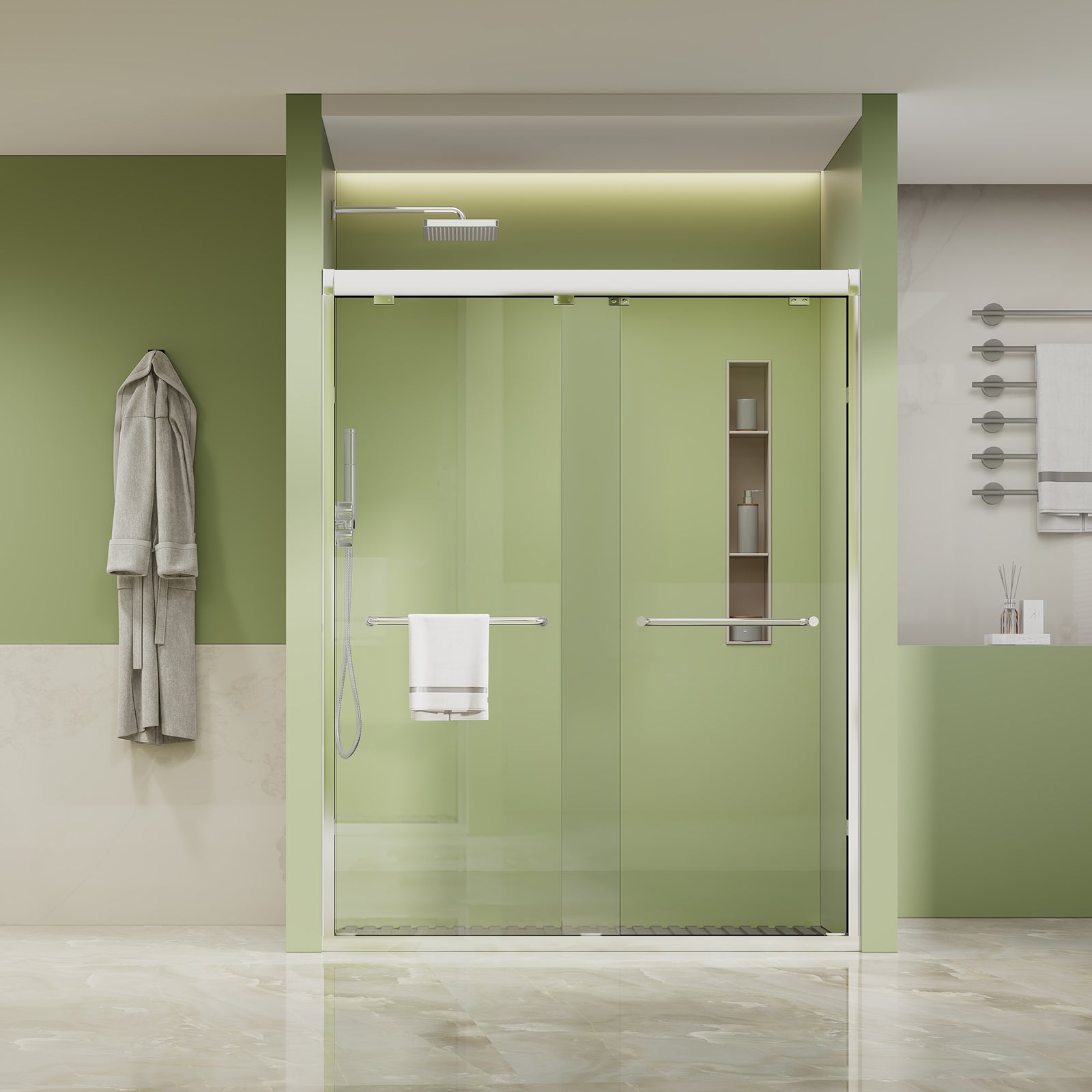
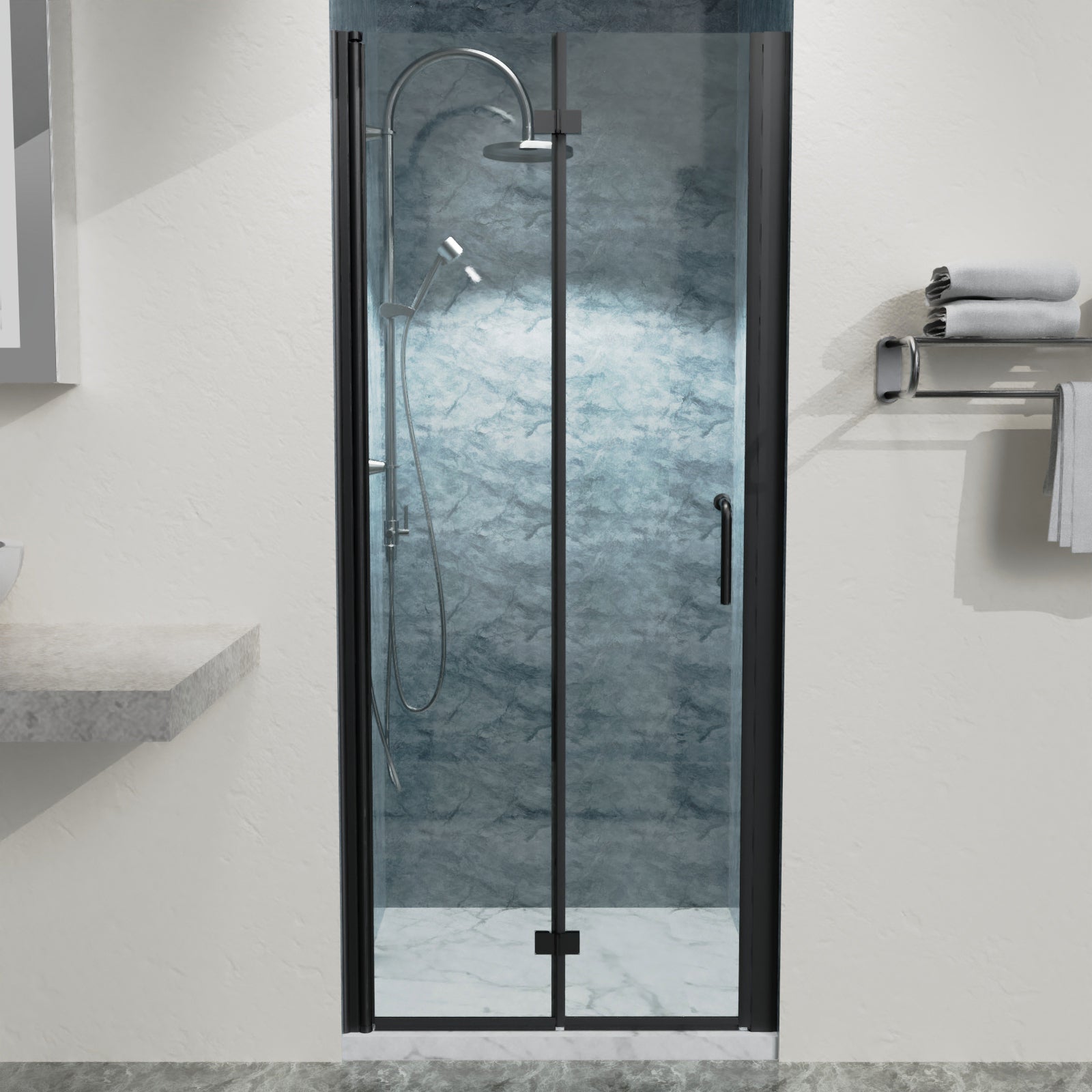
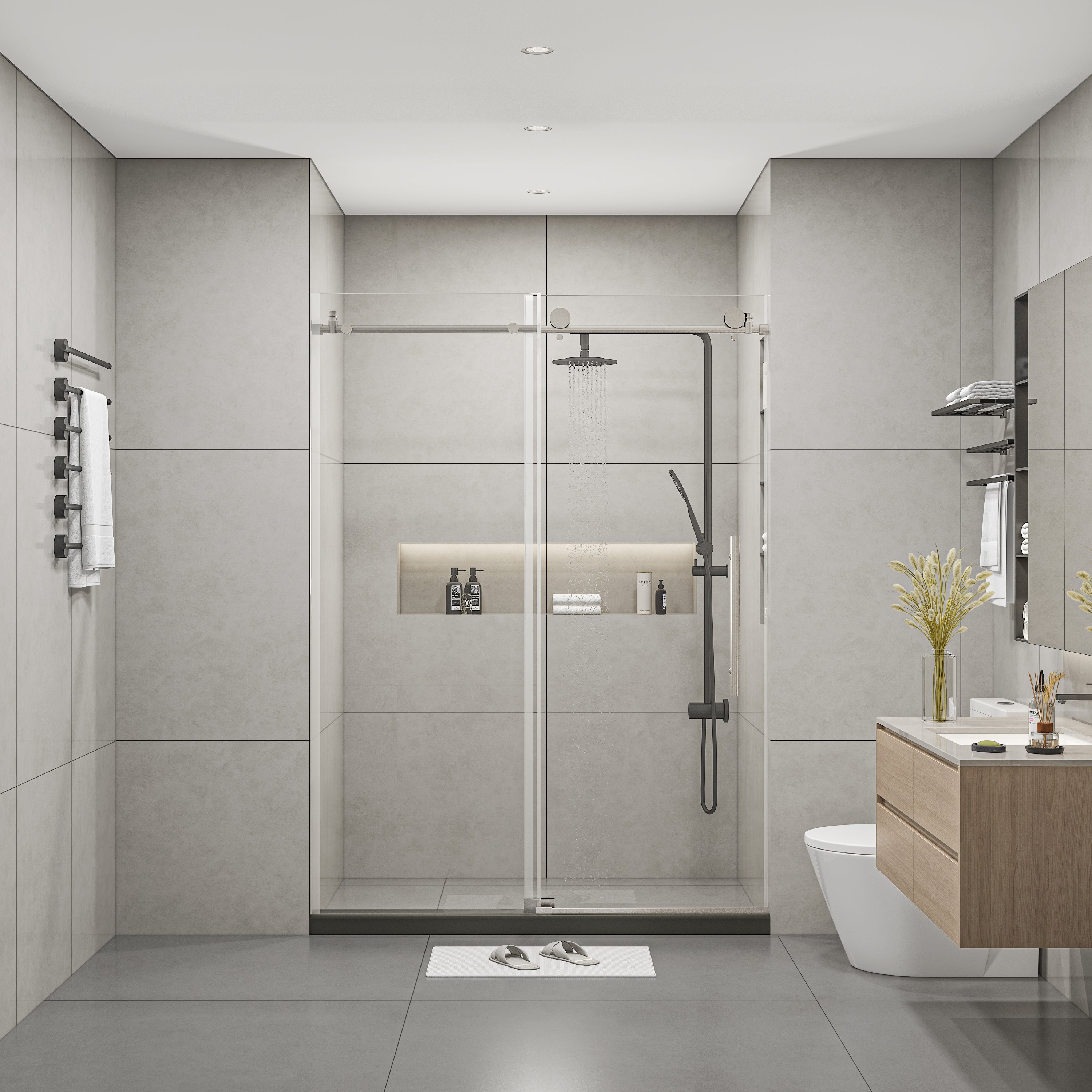

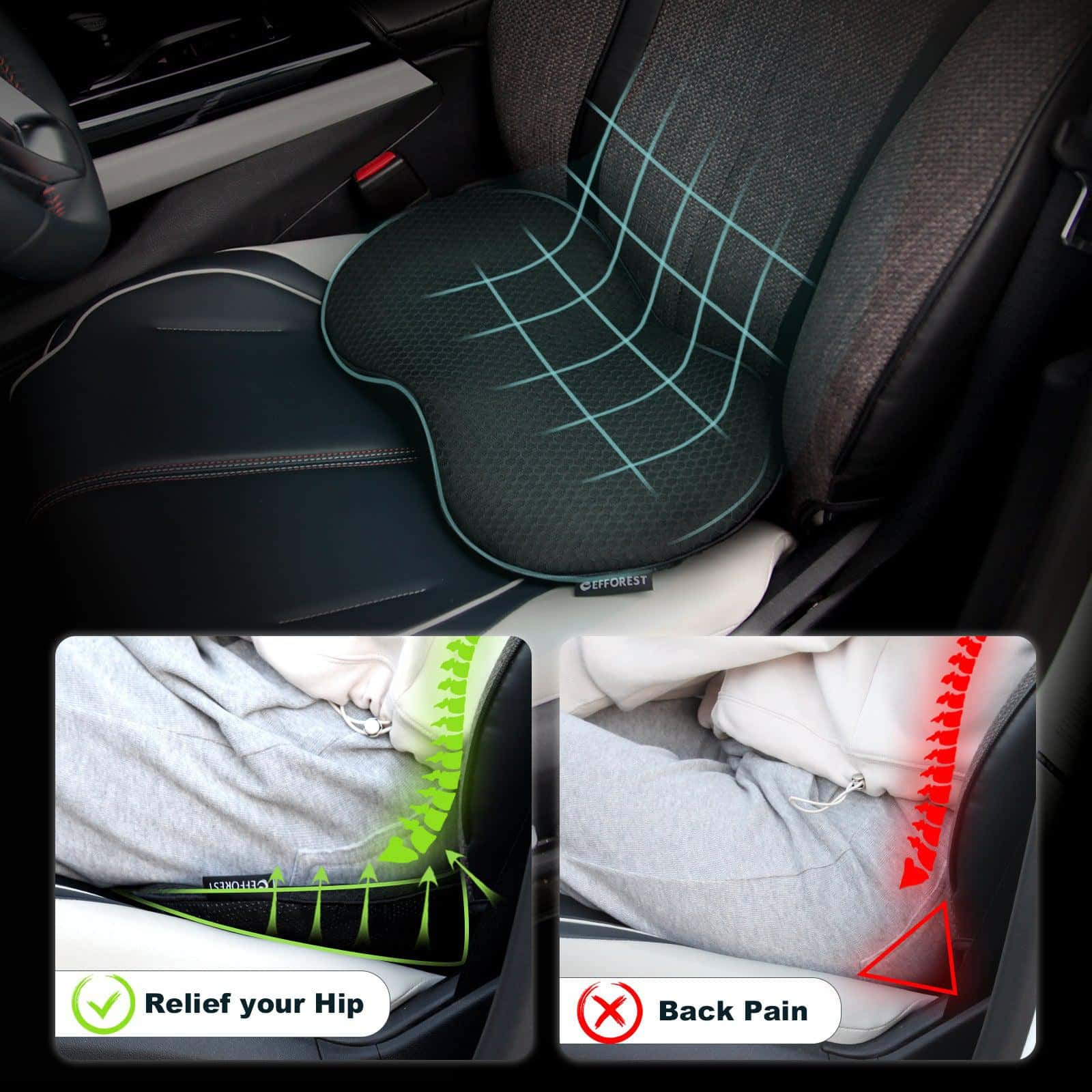

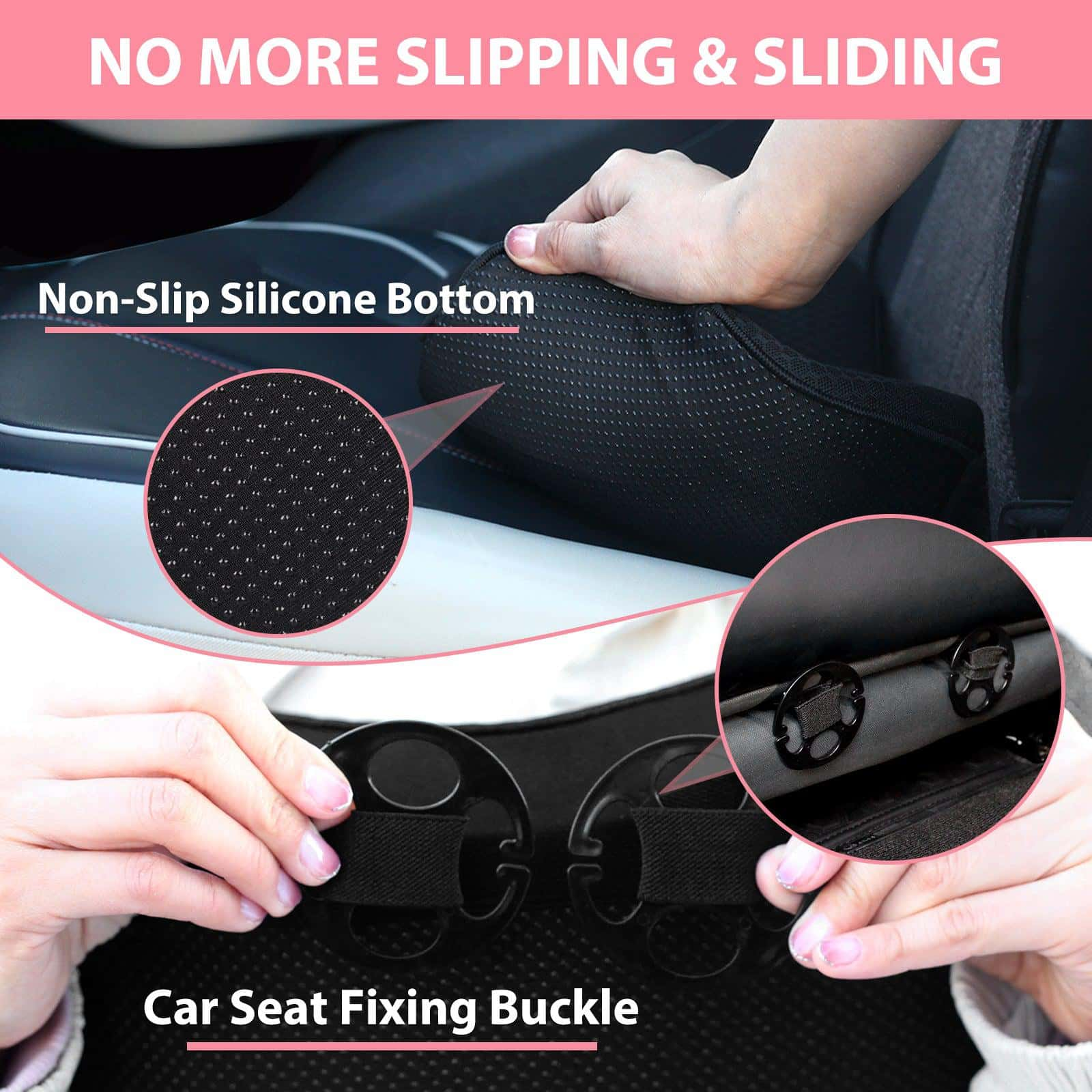
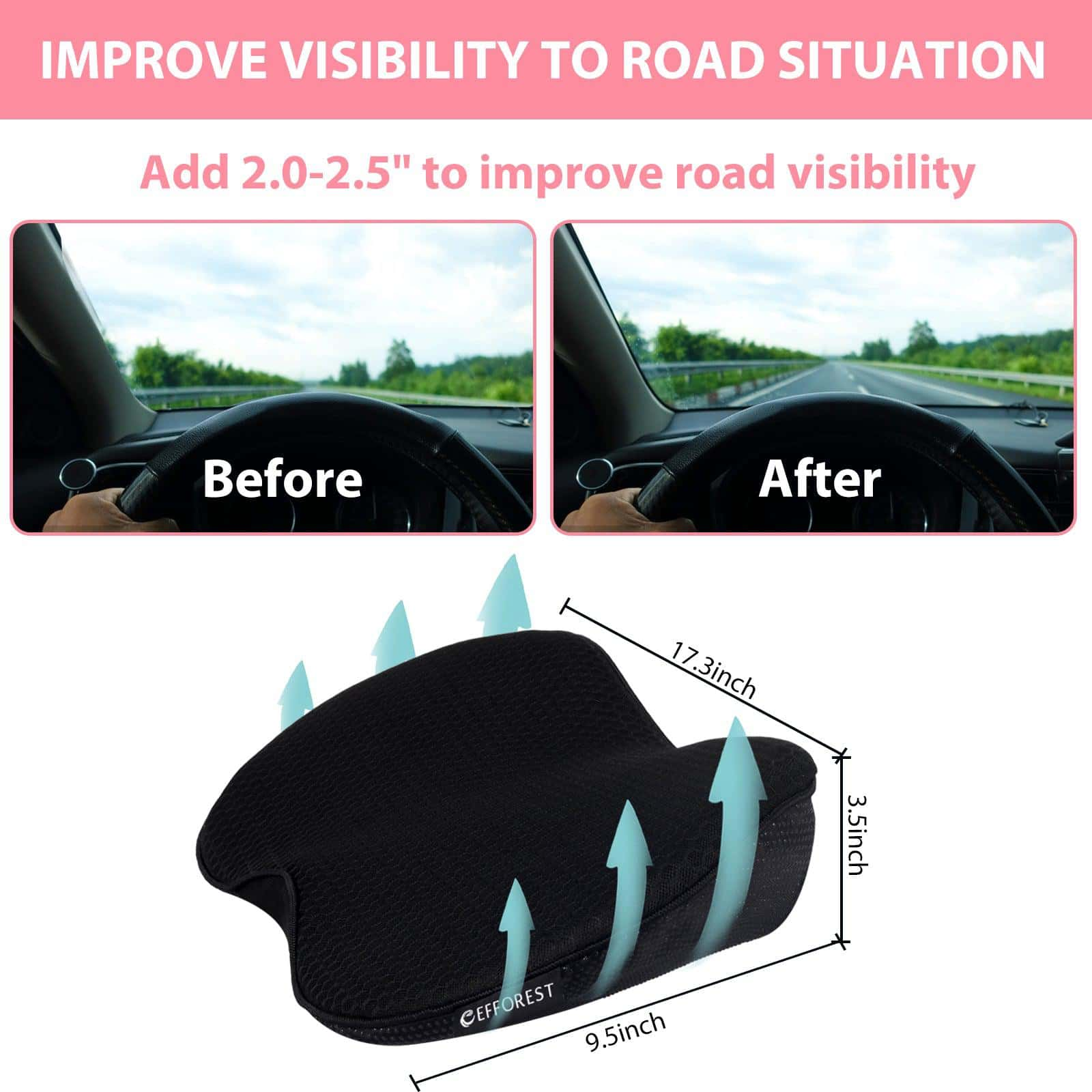

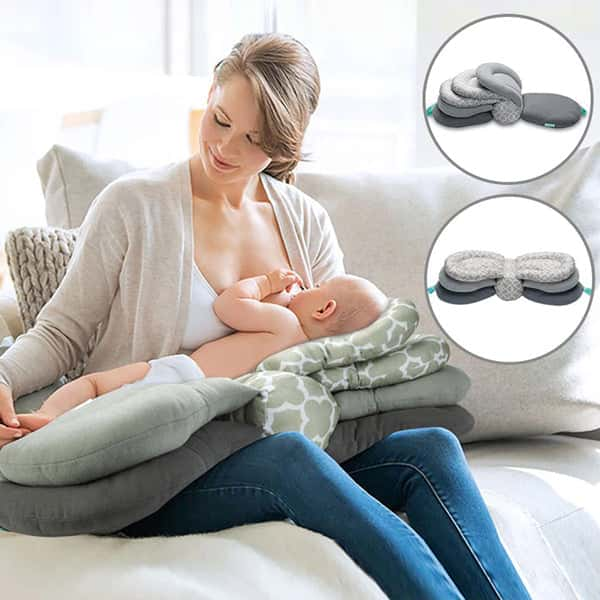

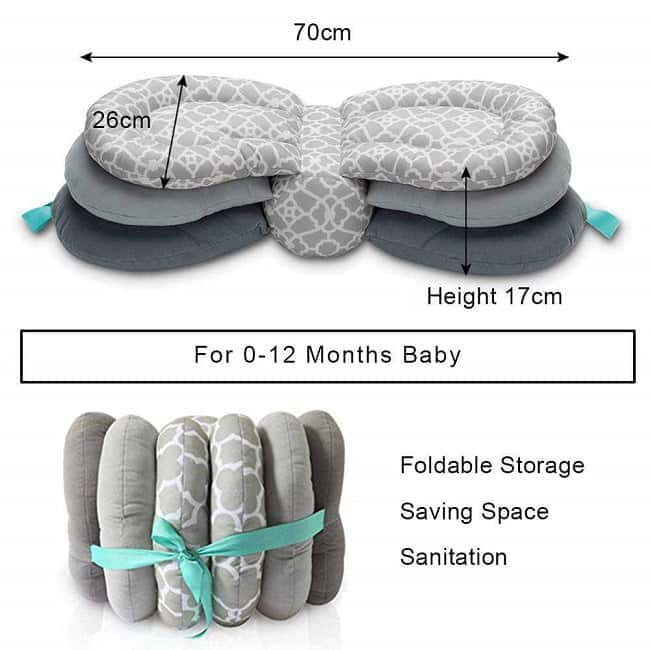
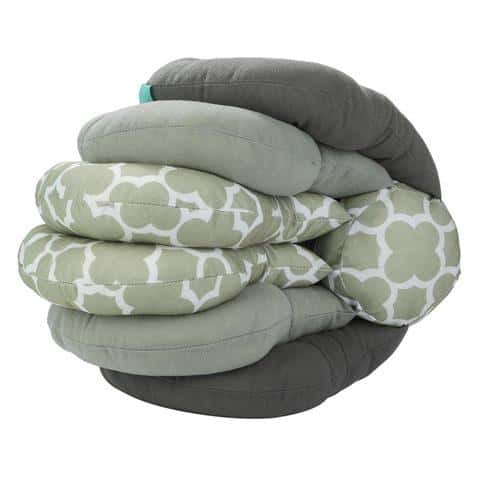
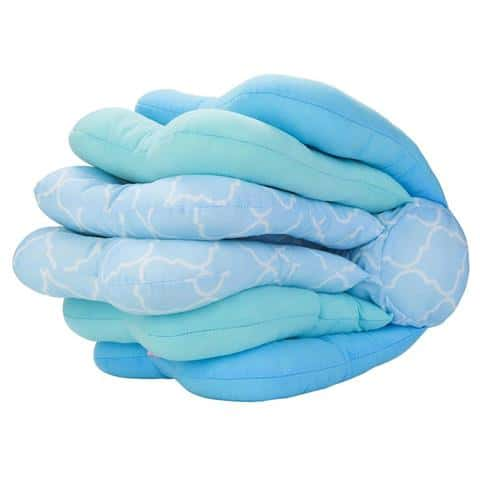
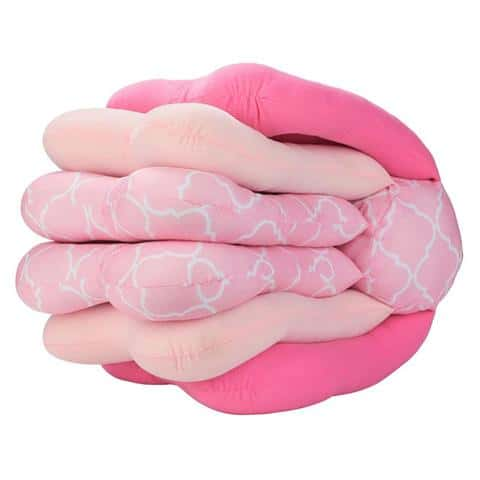
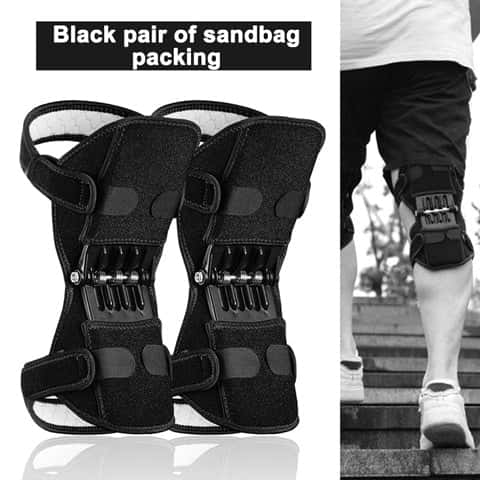
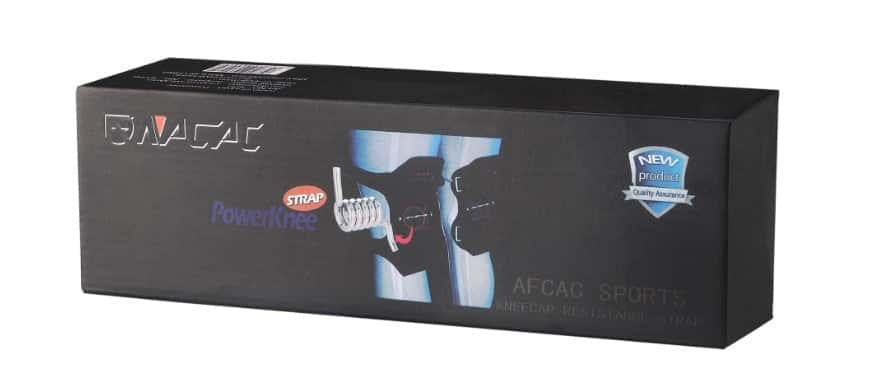

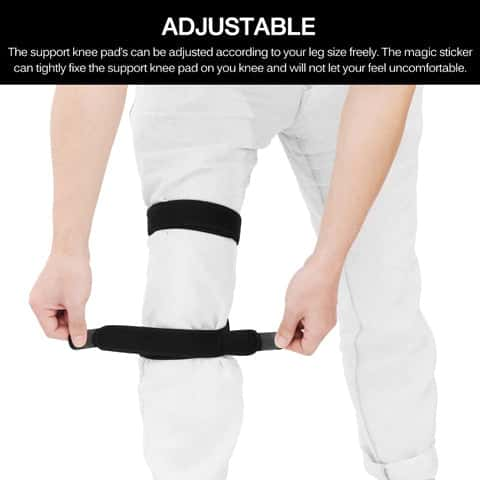
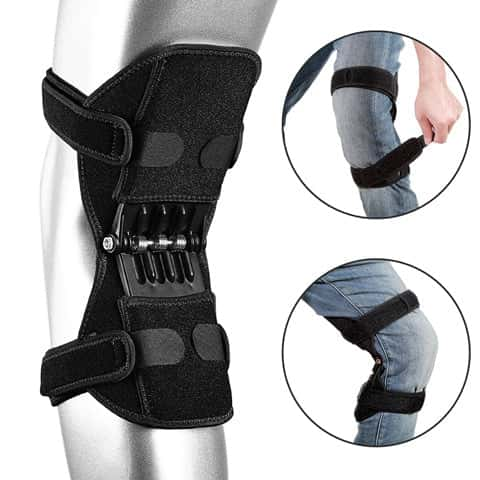
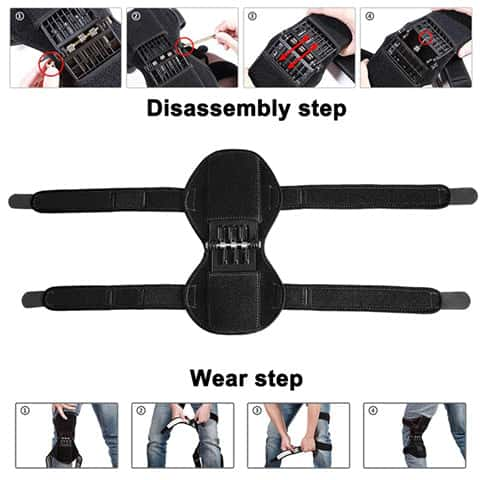
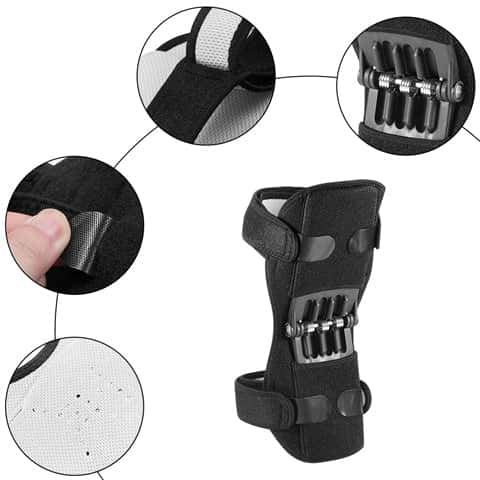
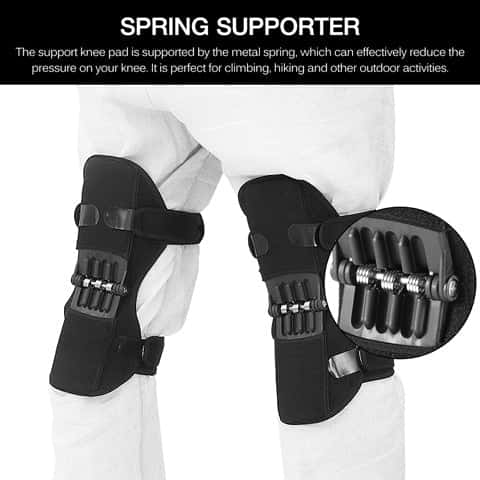
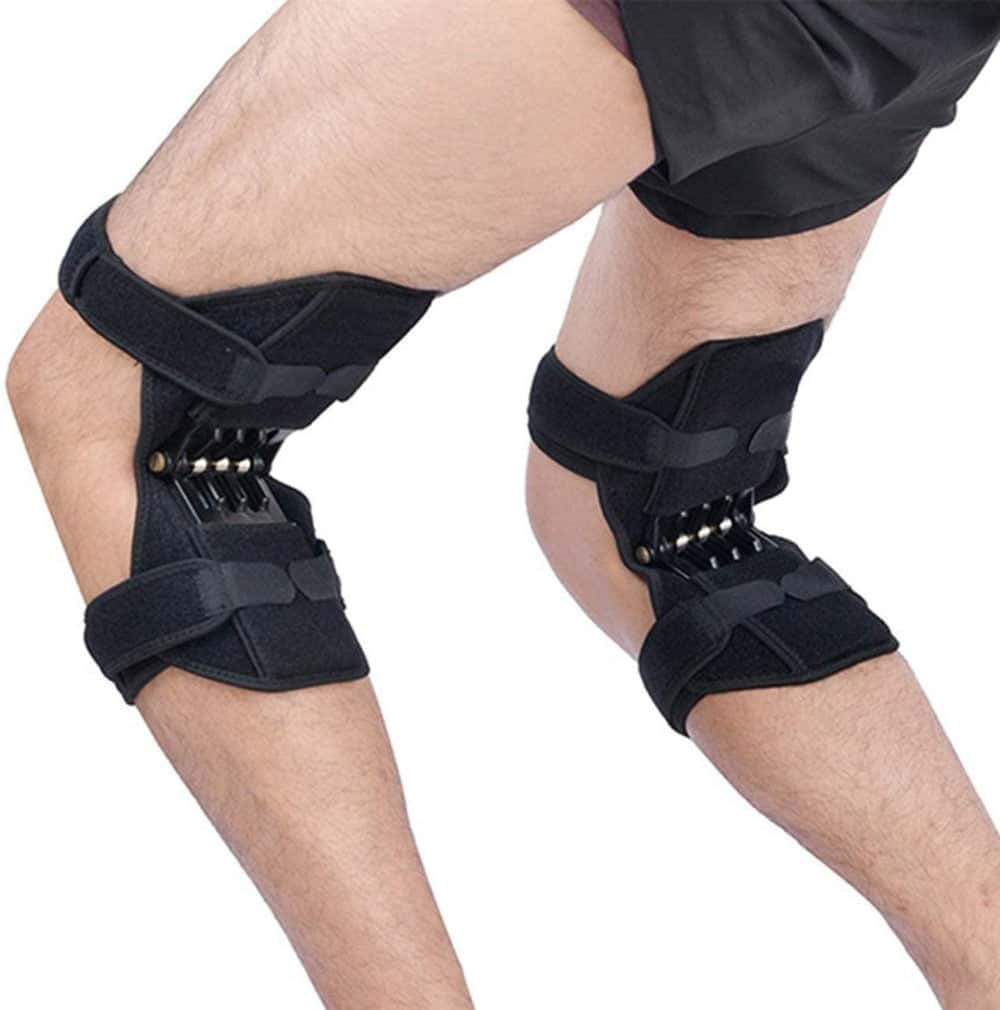

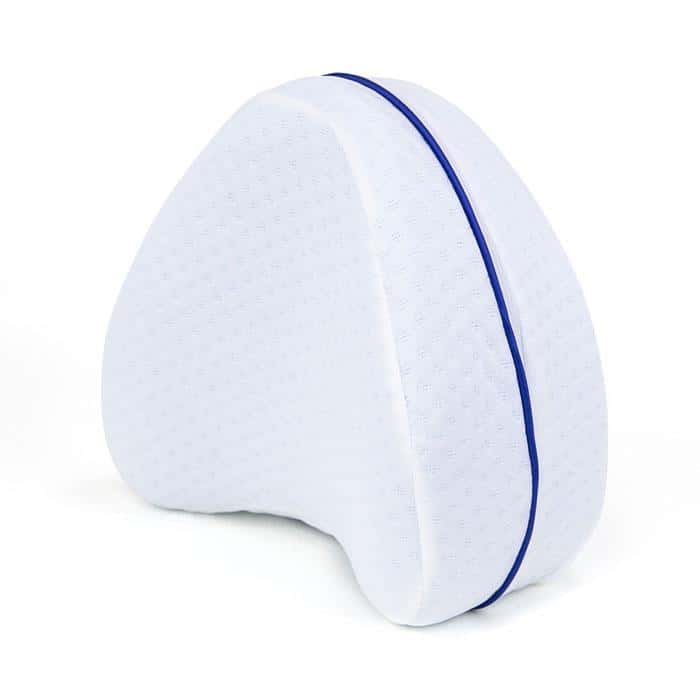
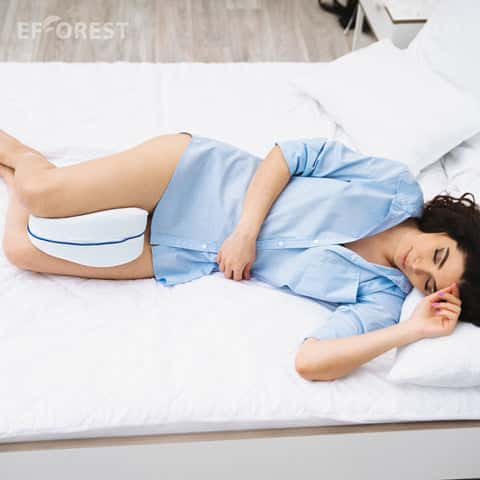
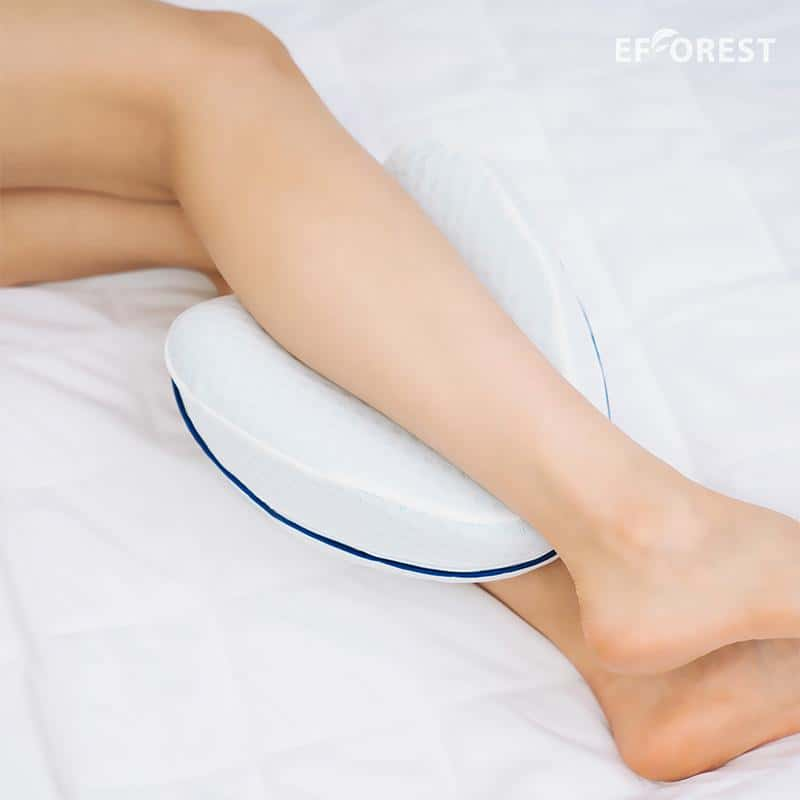
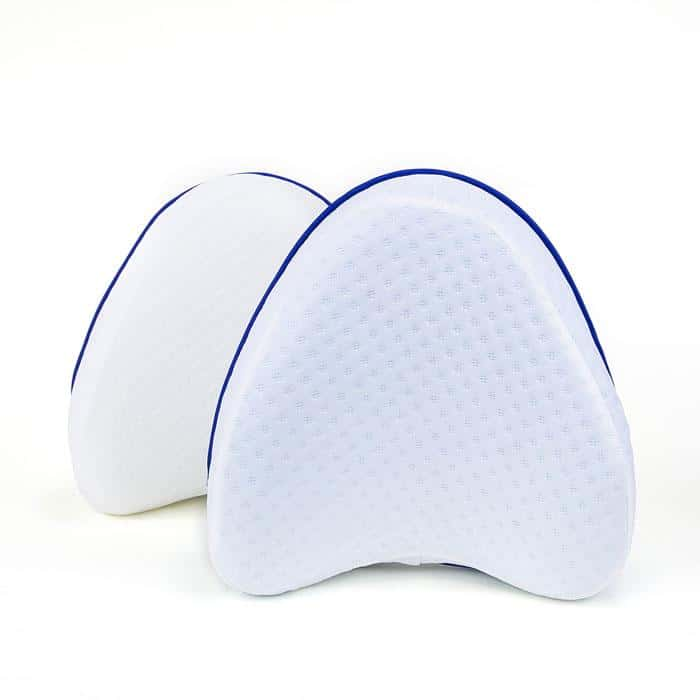
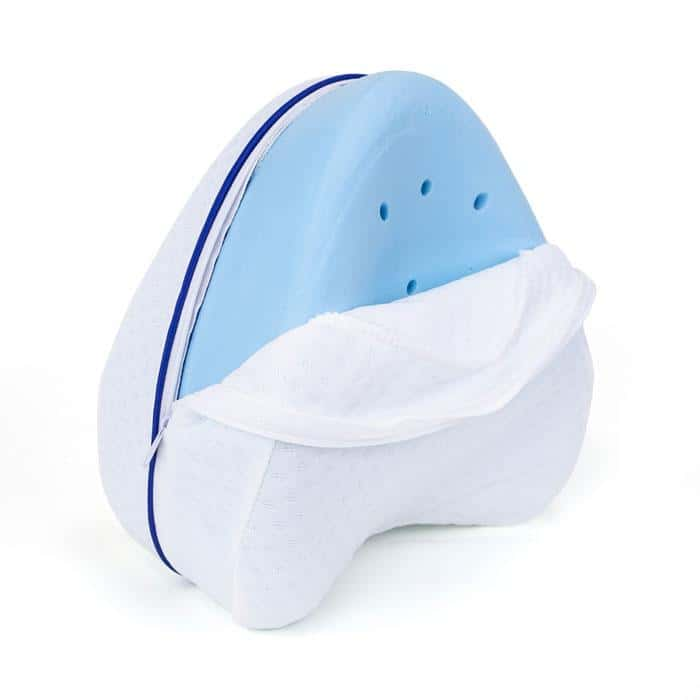
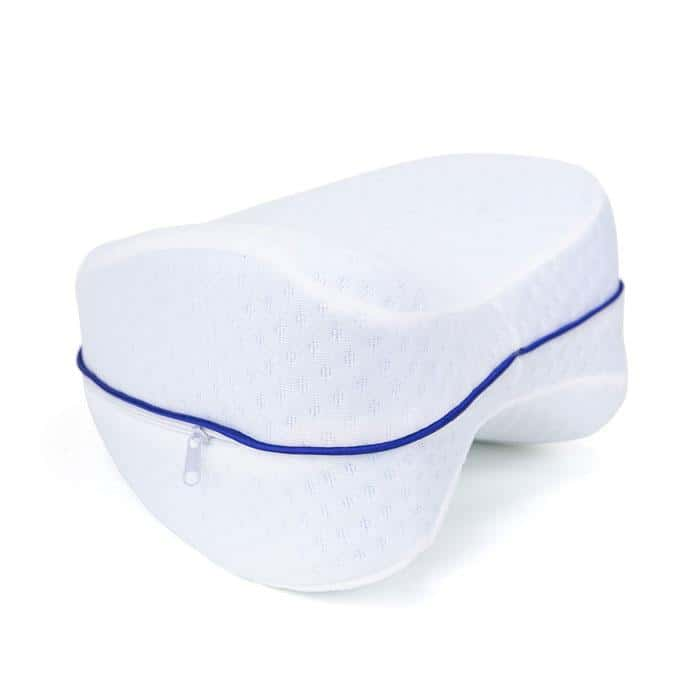
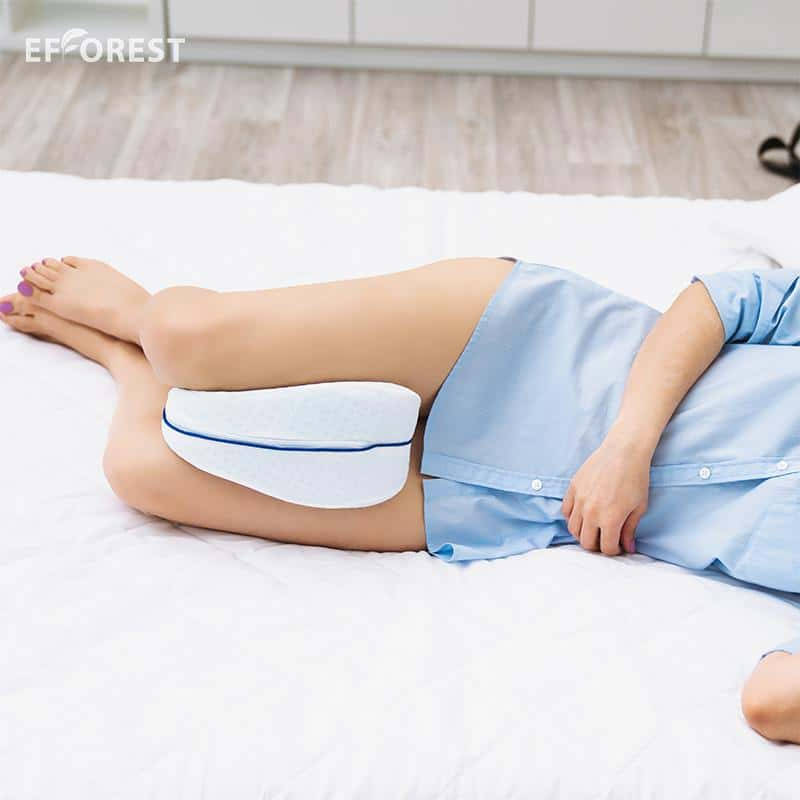
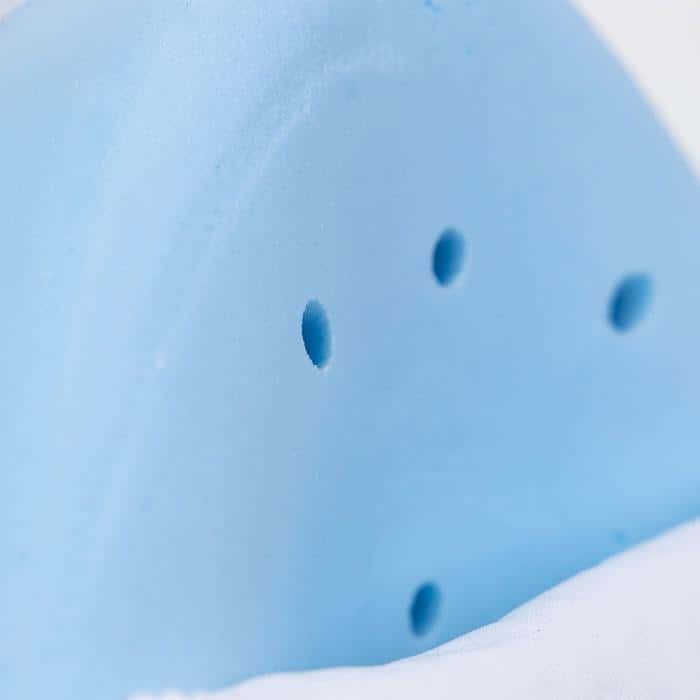
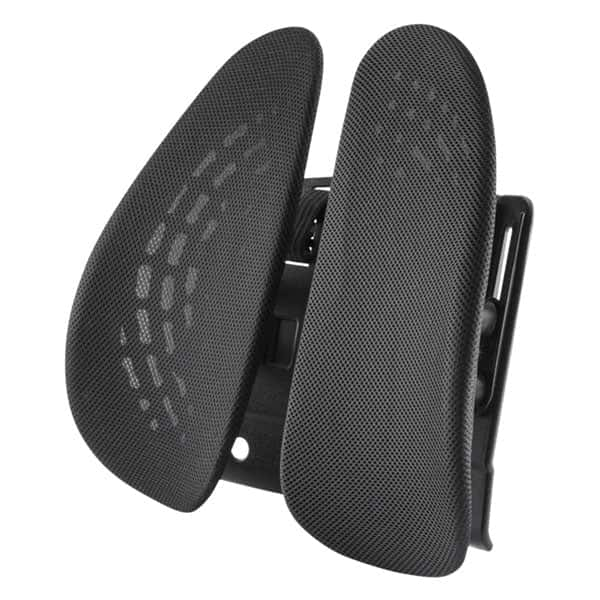
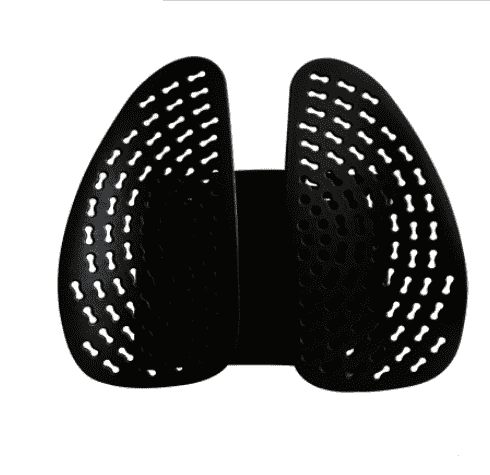
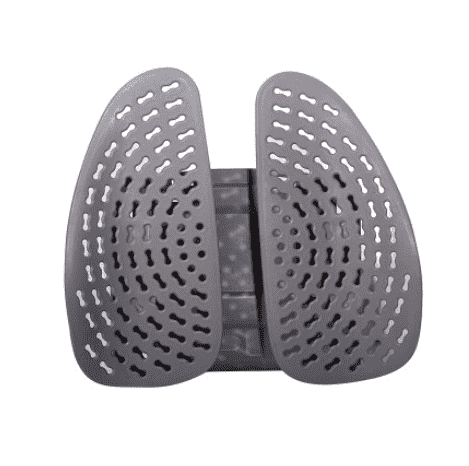
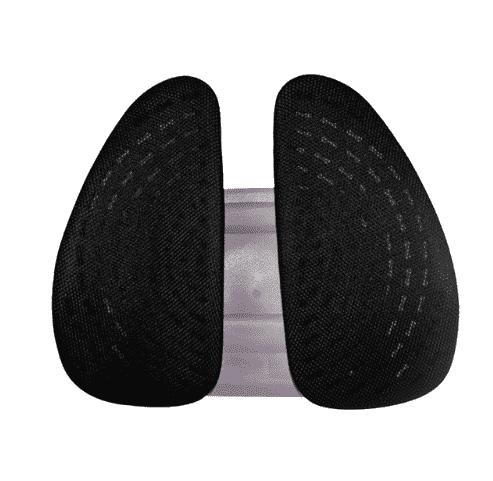




Share and get 15% off!
Simply share this product on one of the following social networks and you will unlock 15% off!